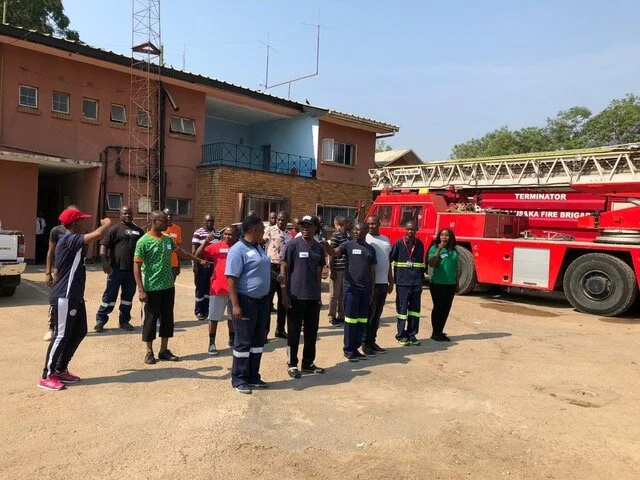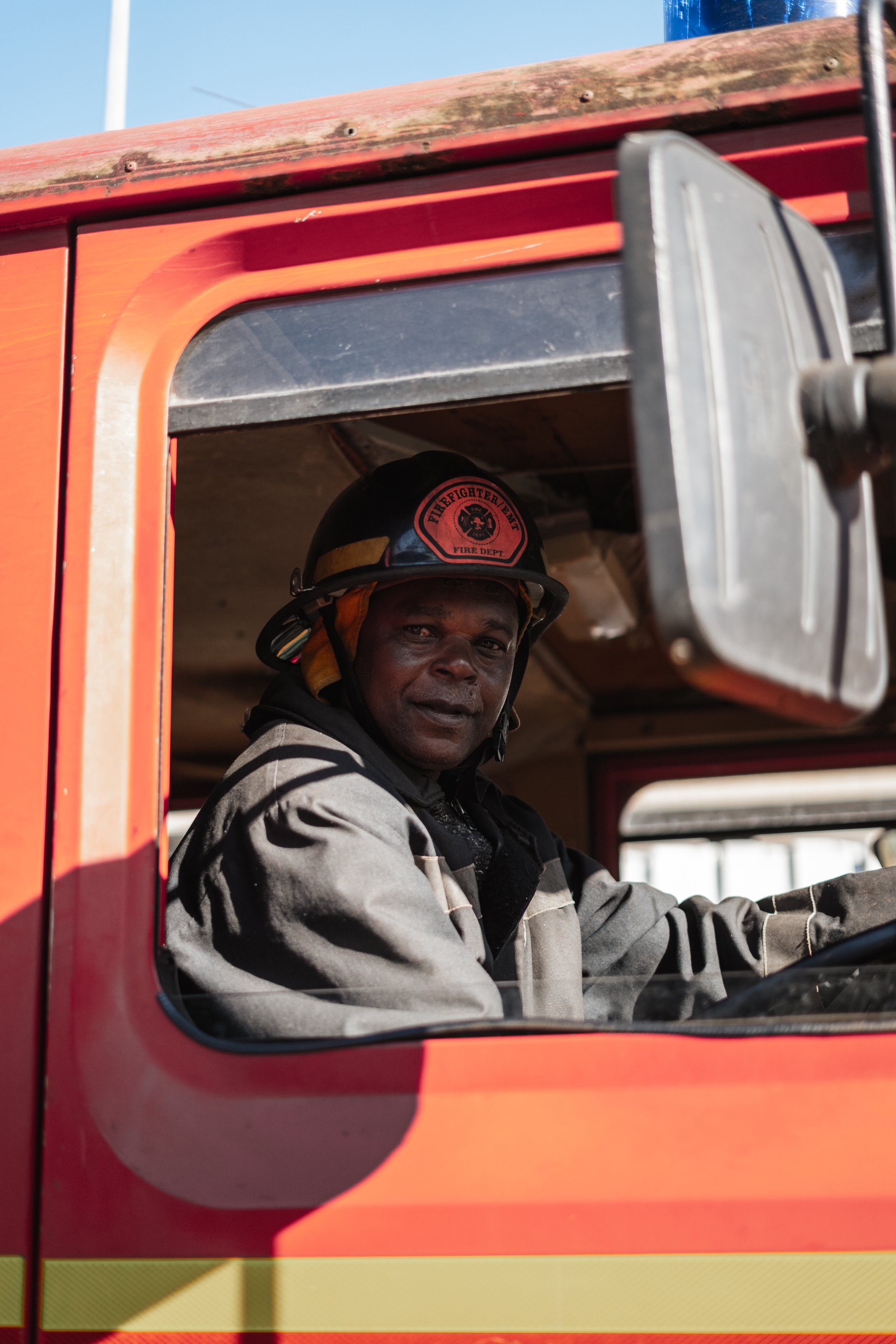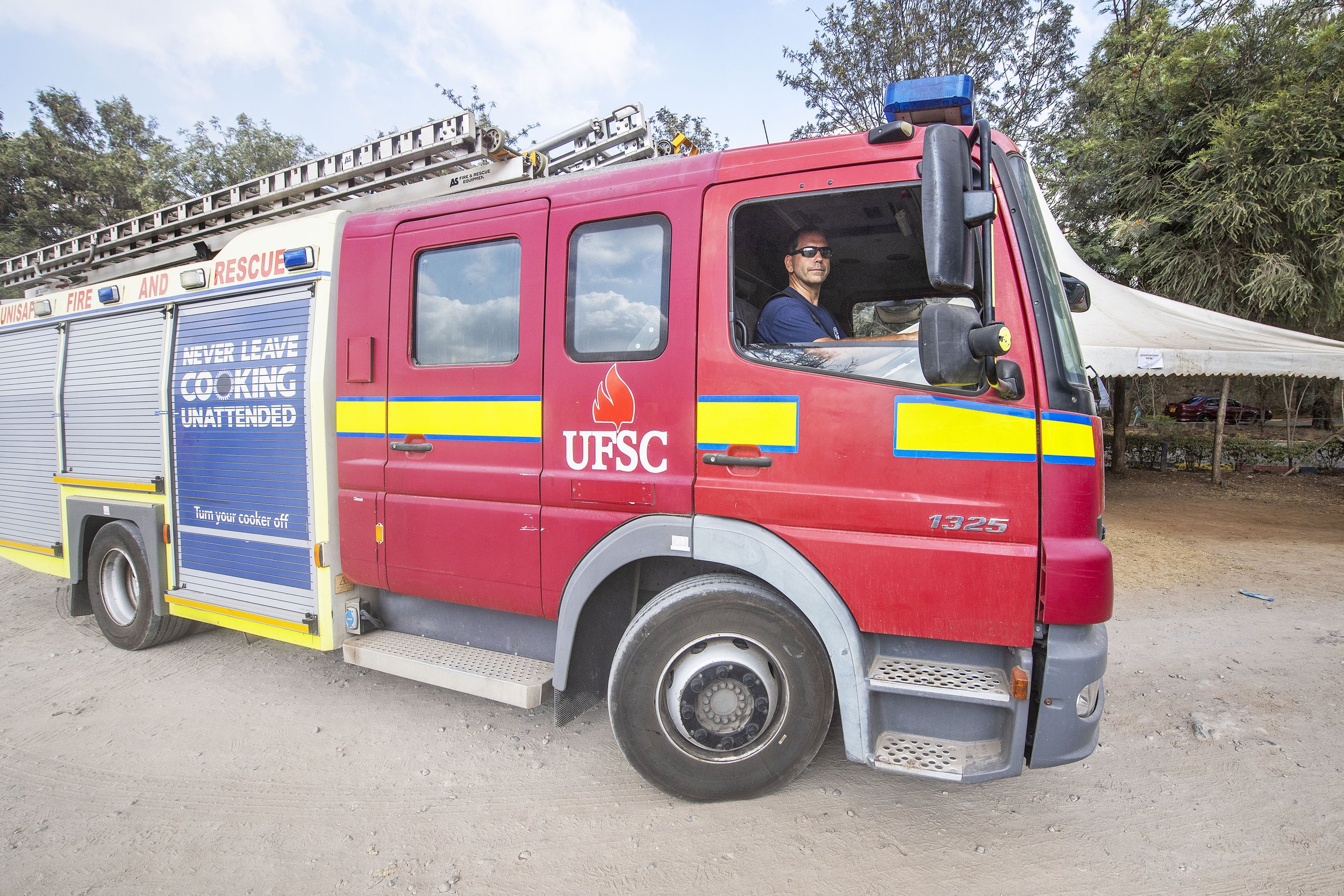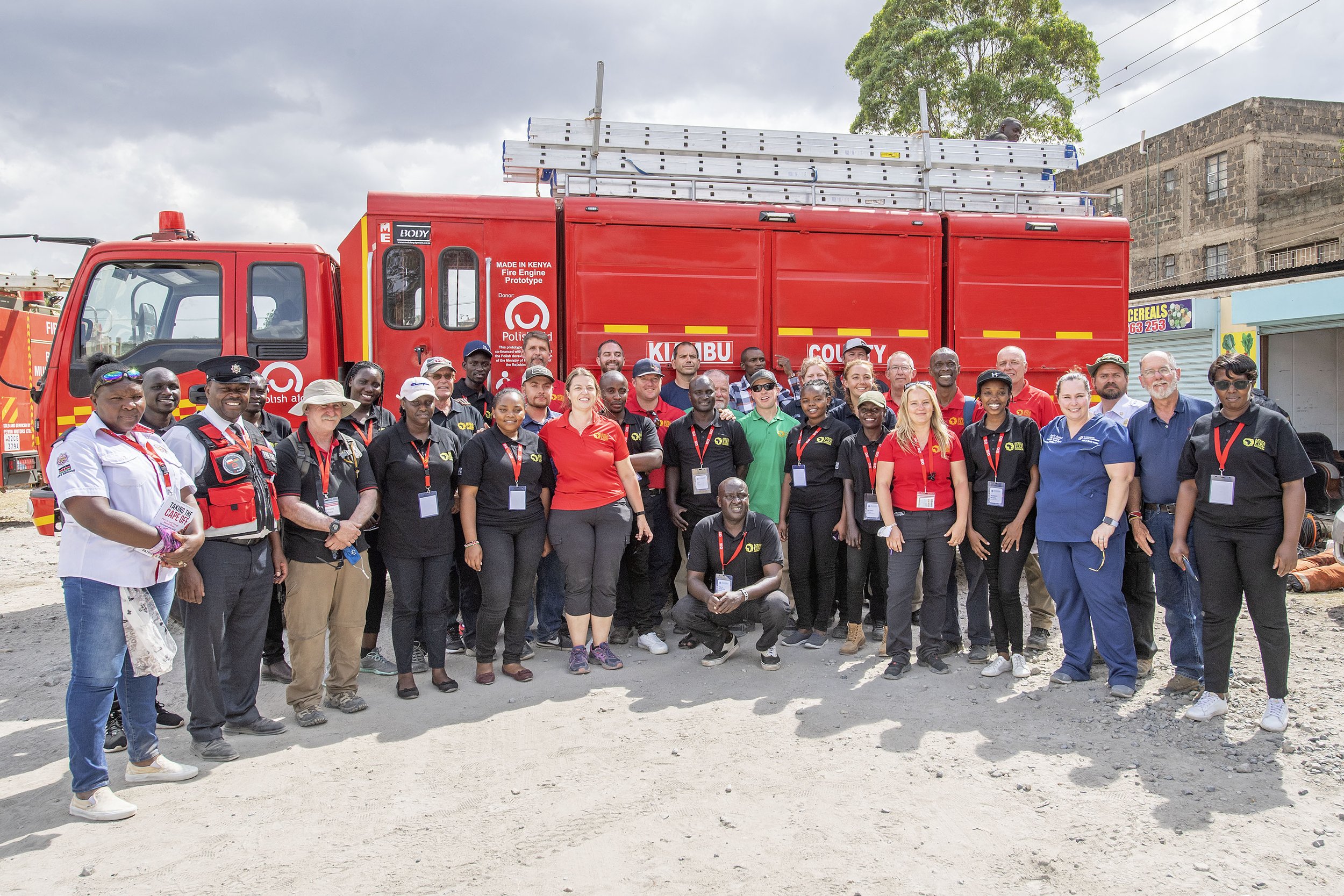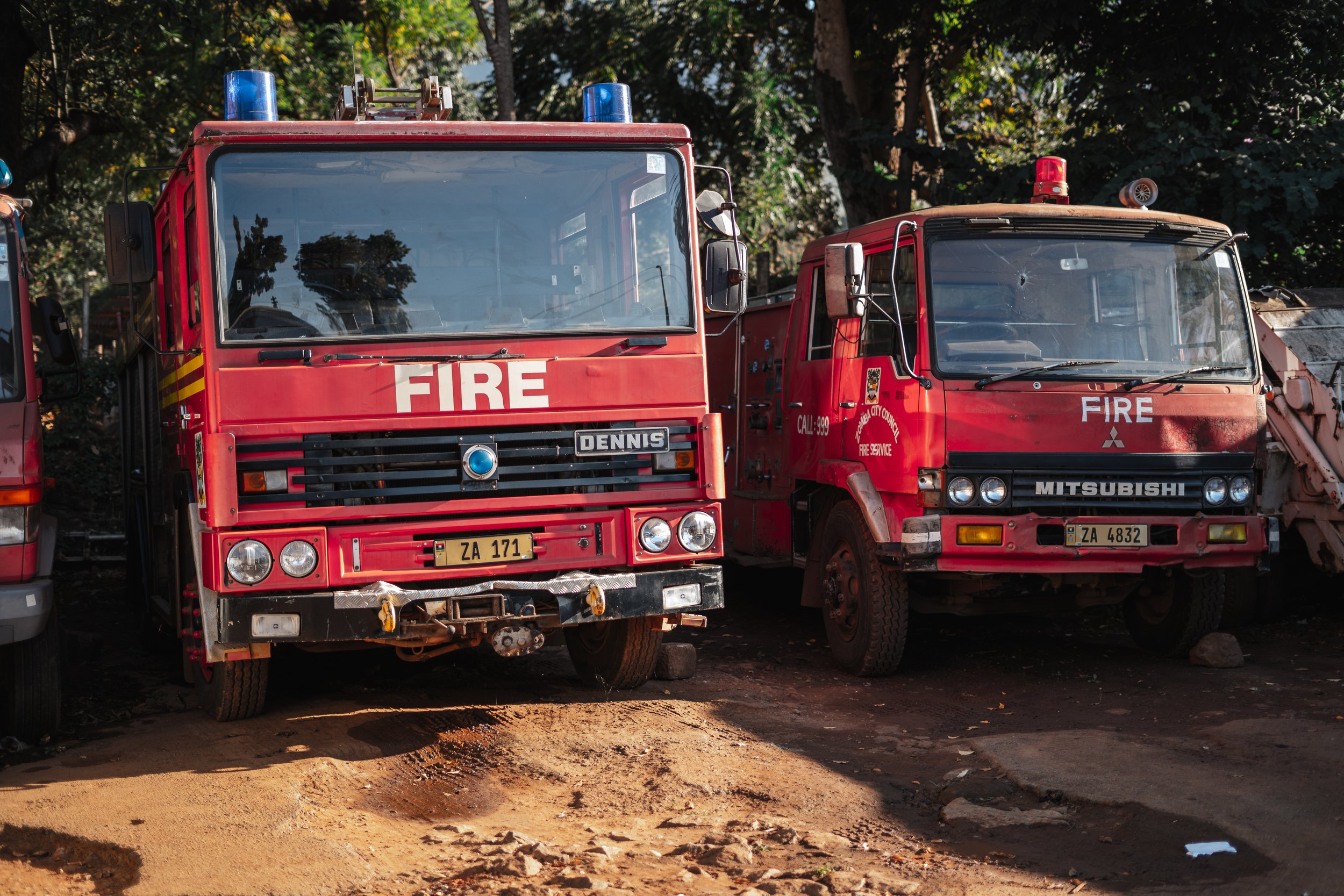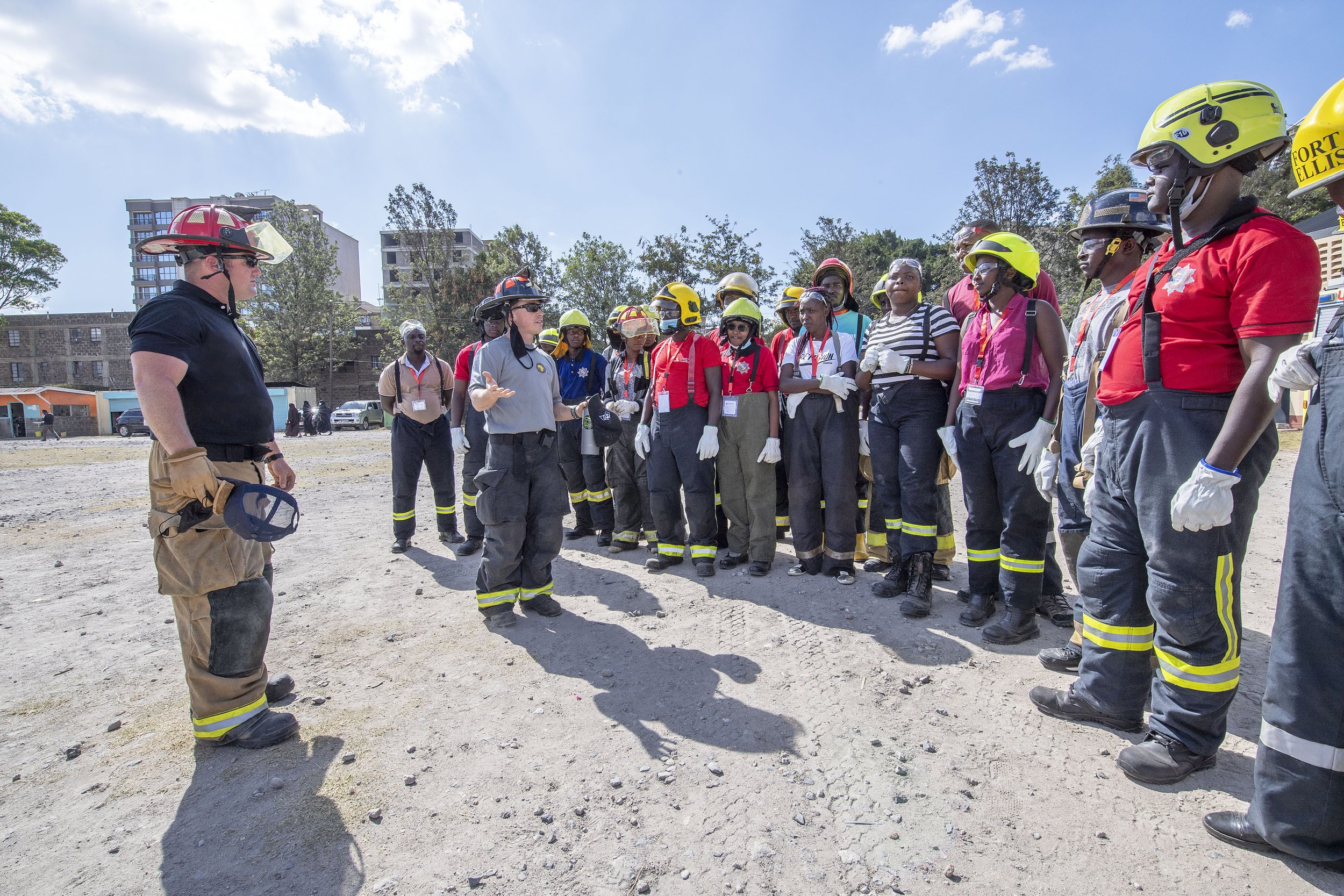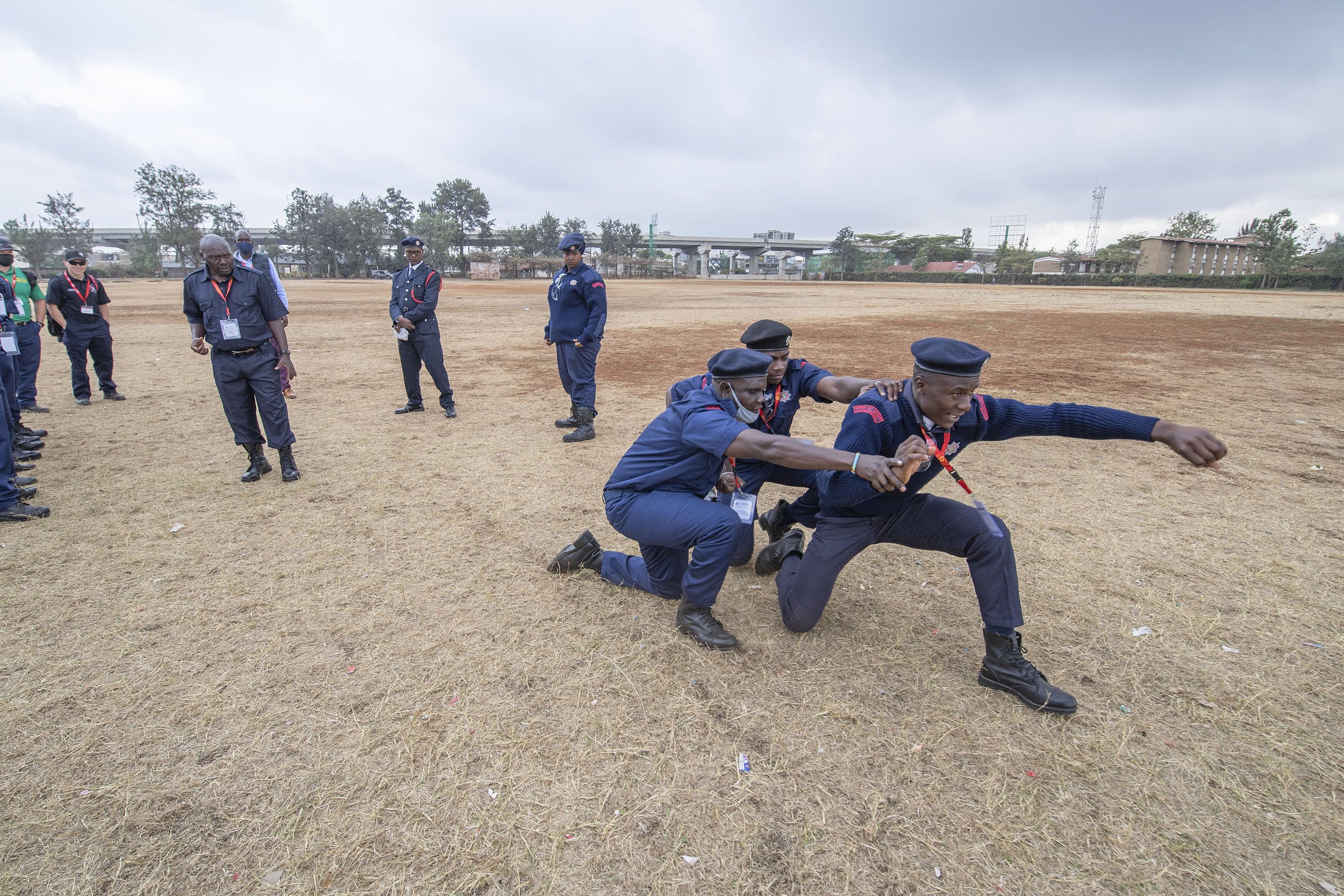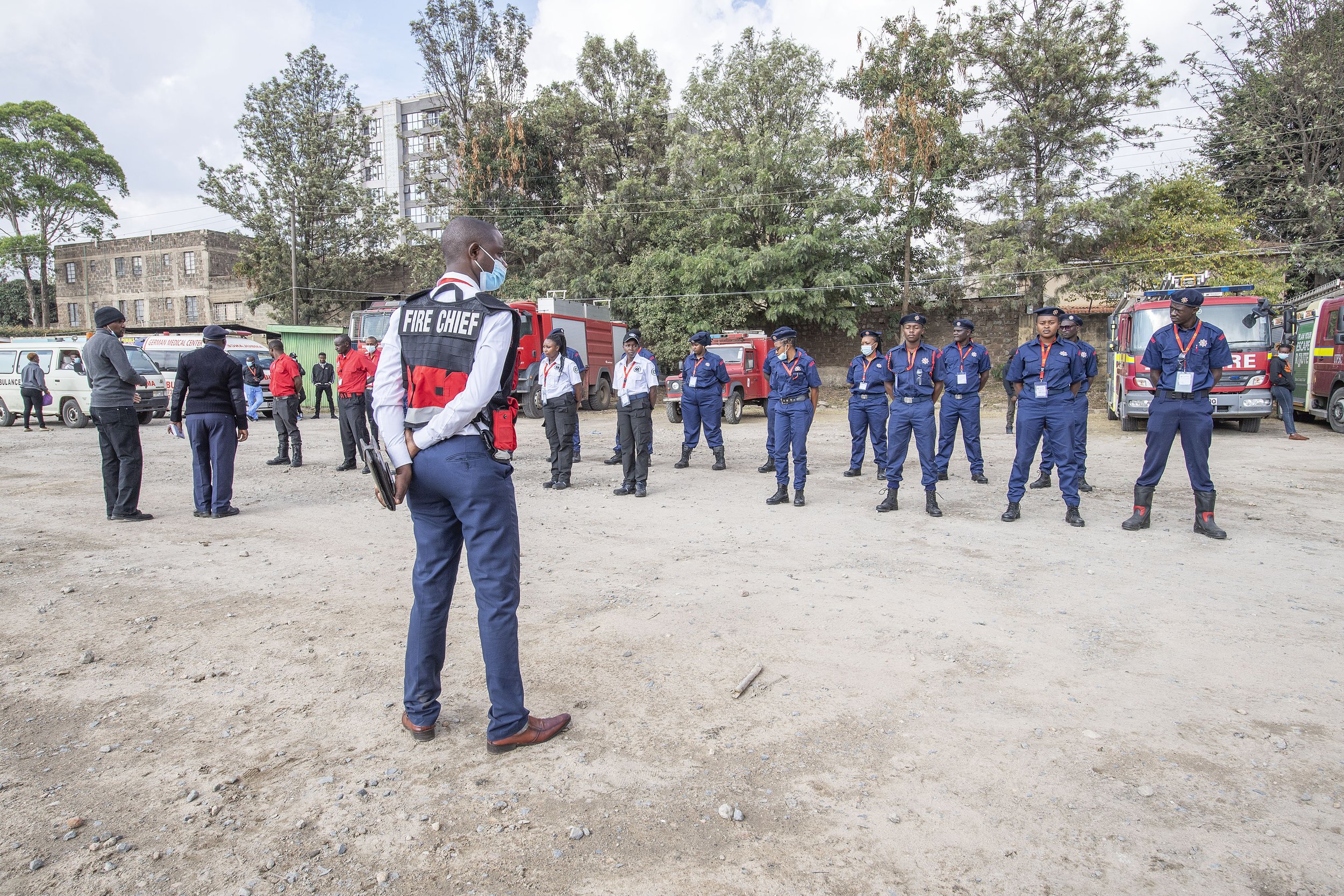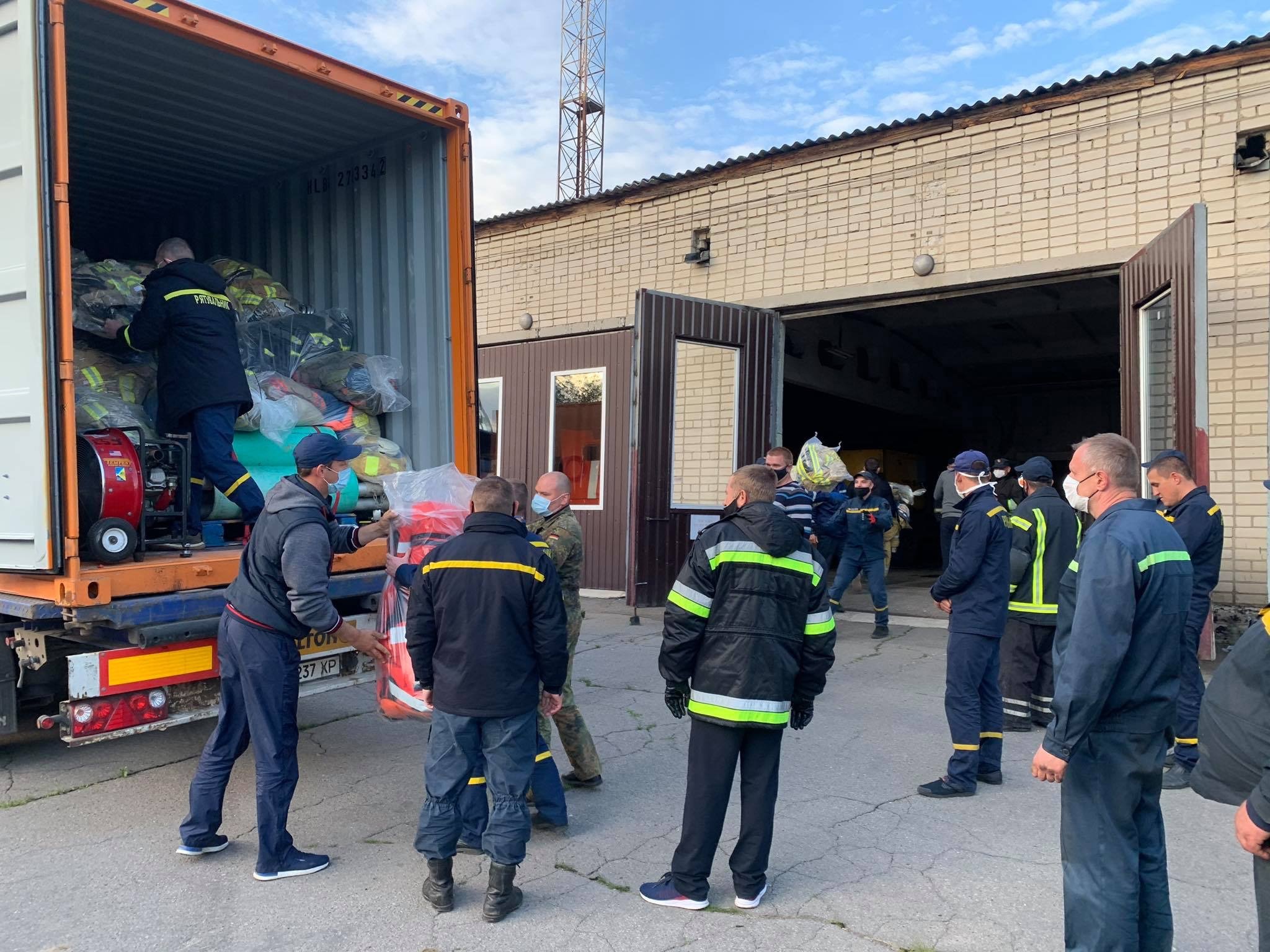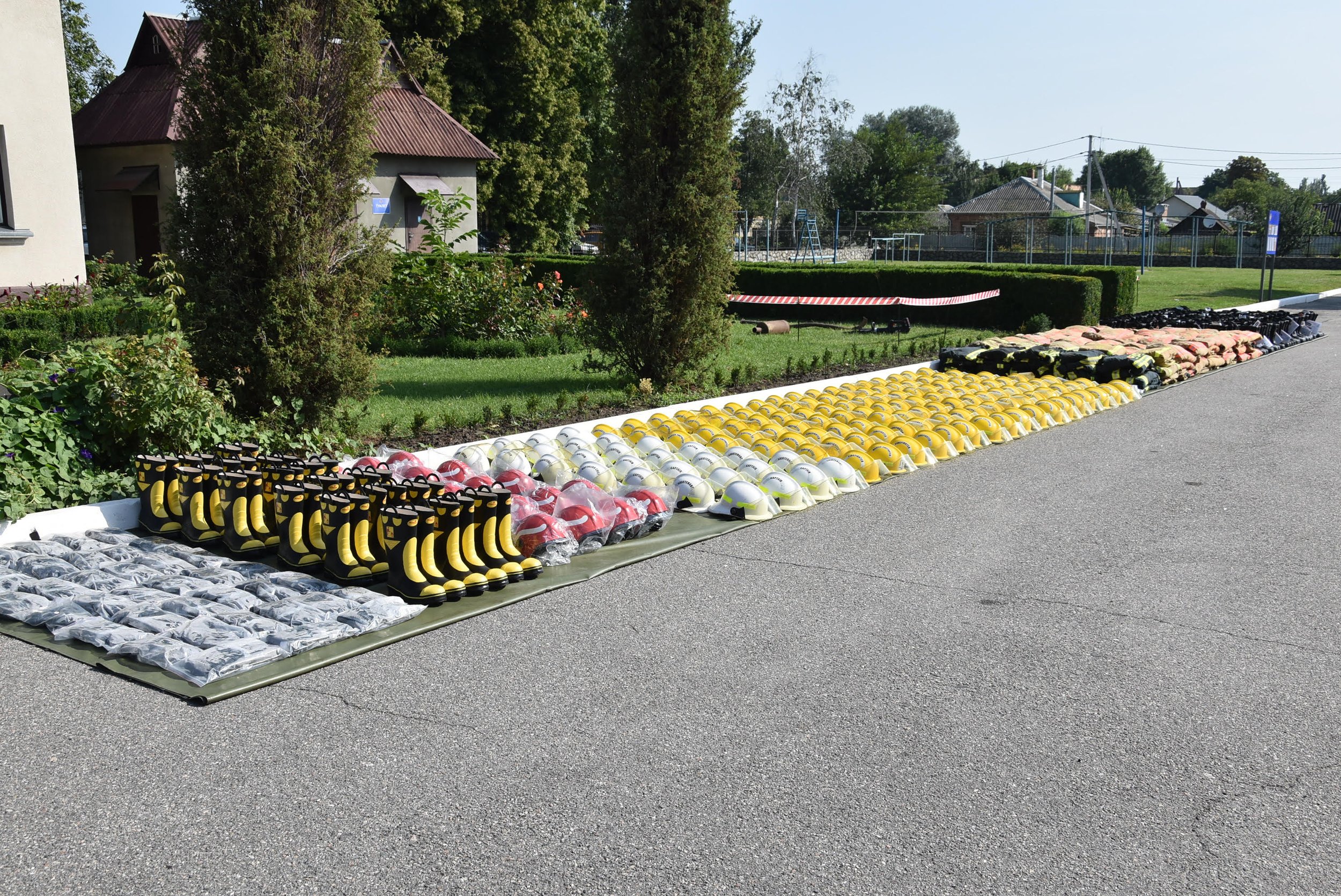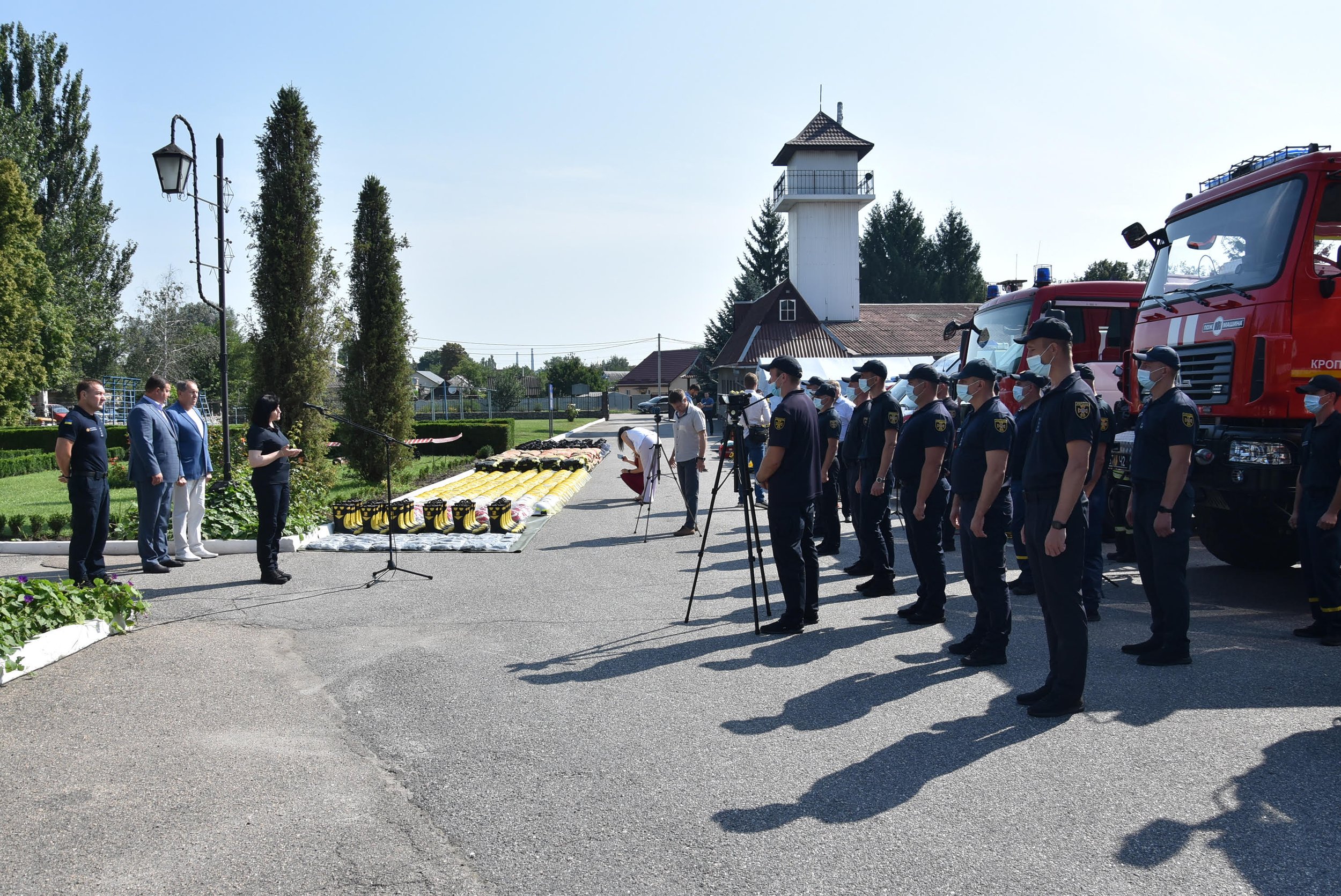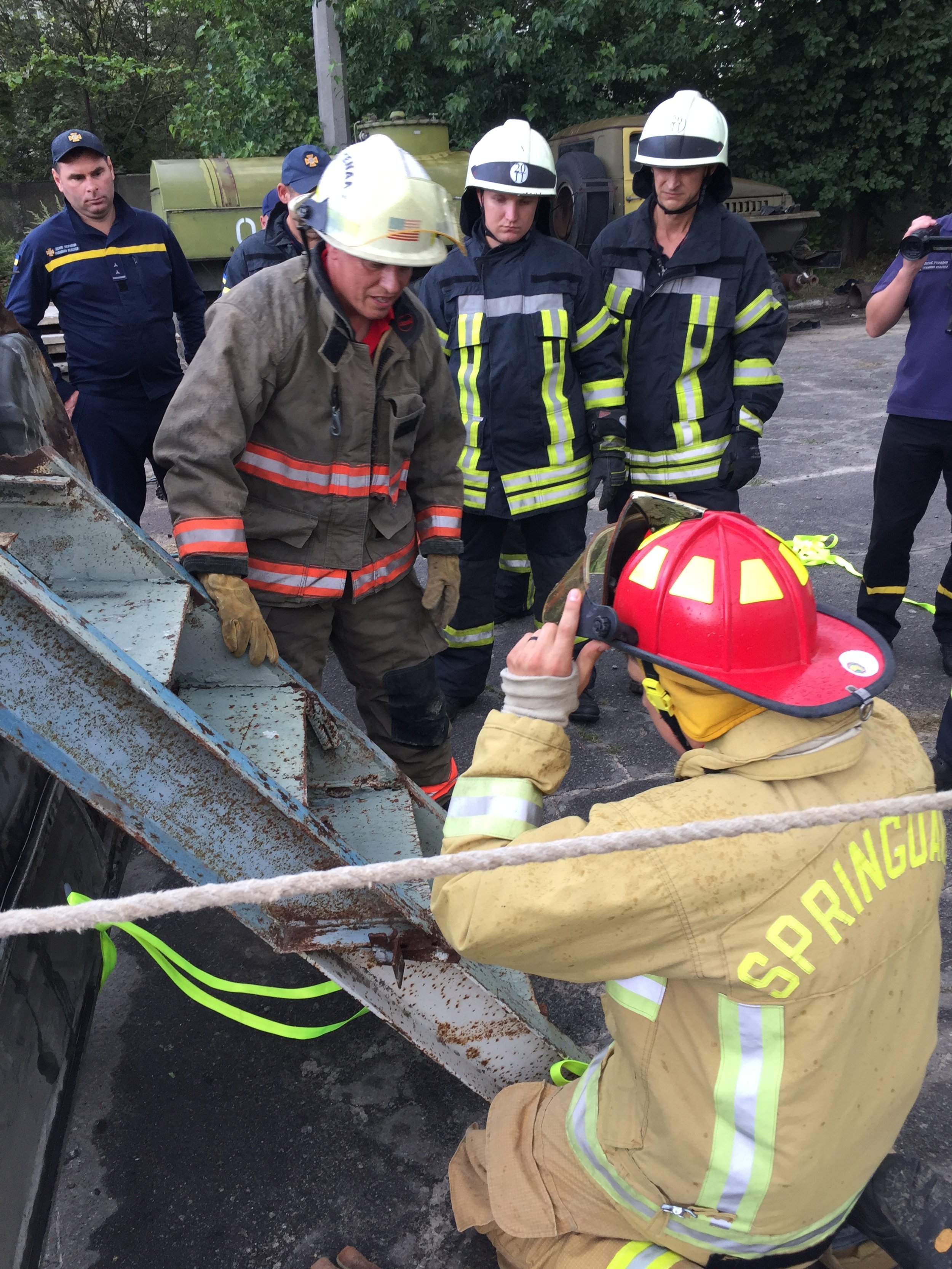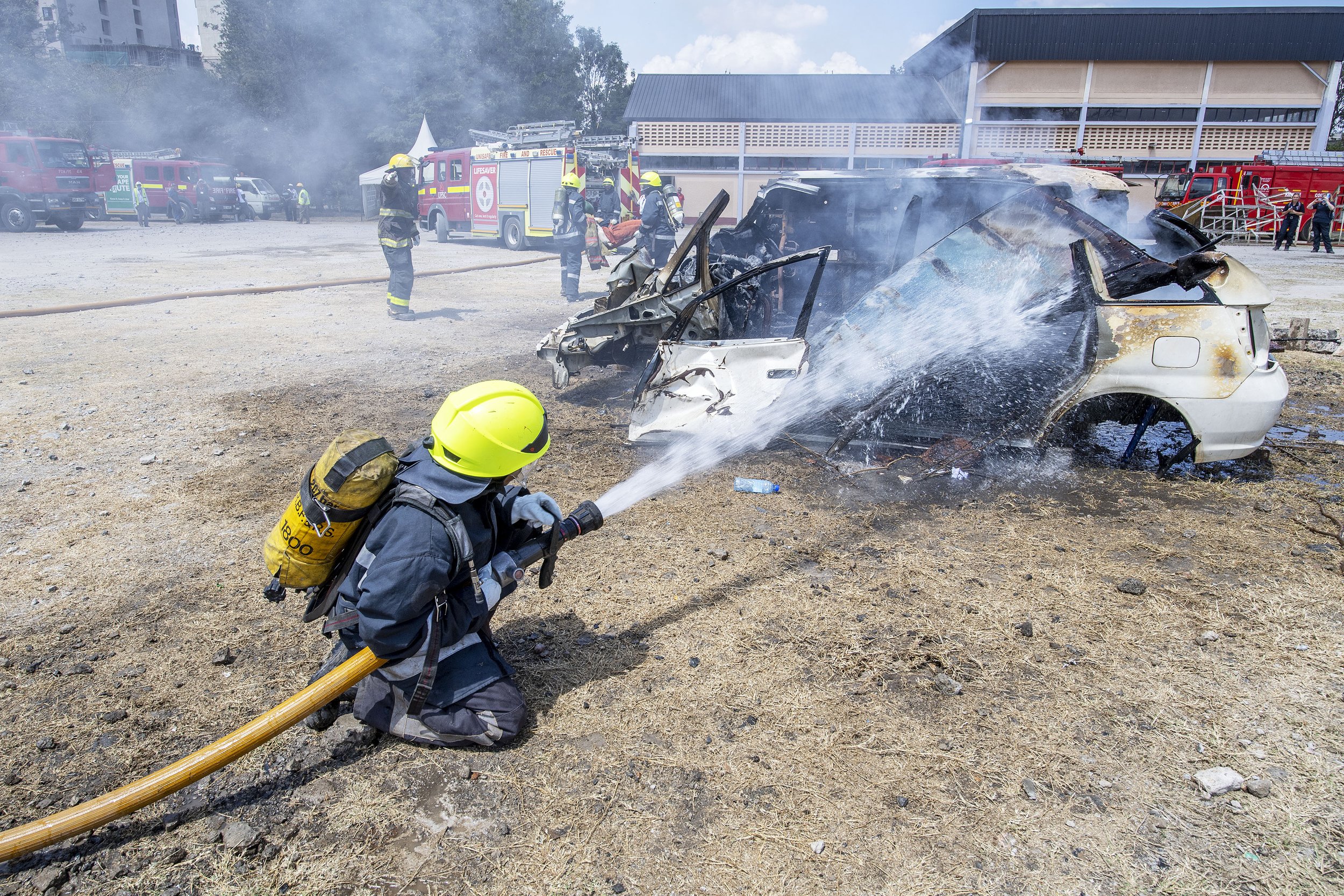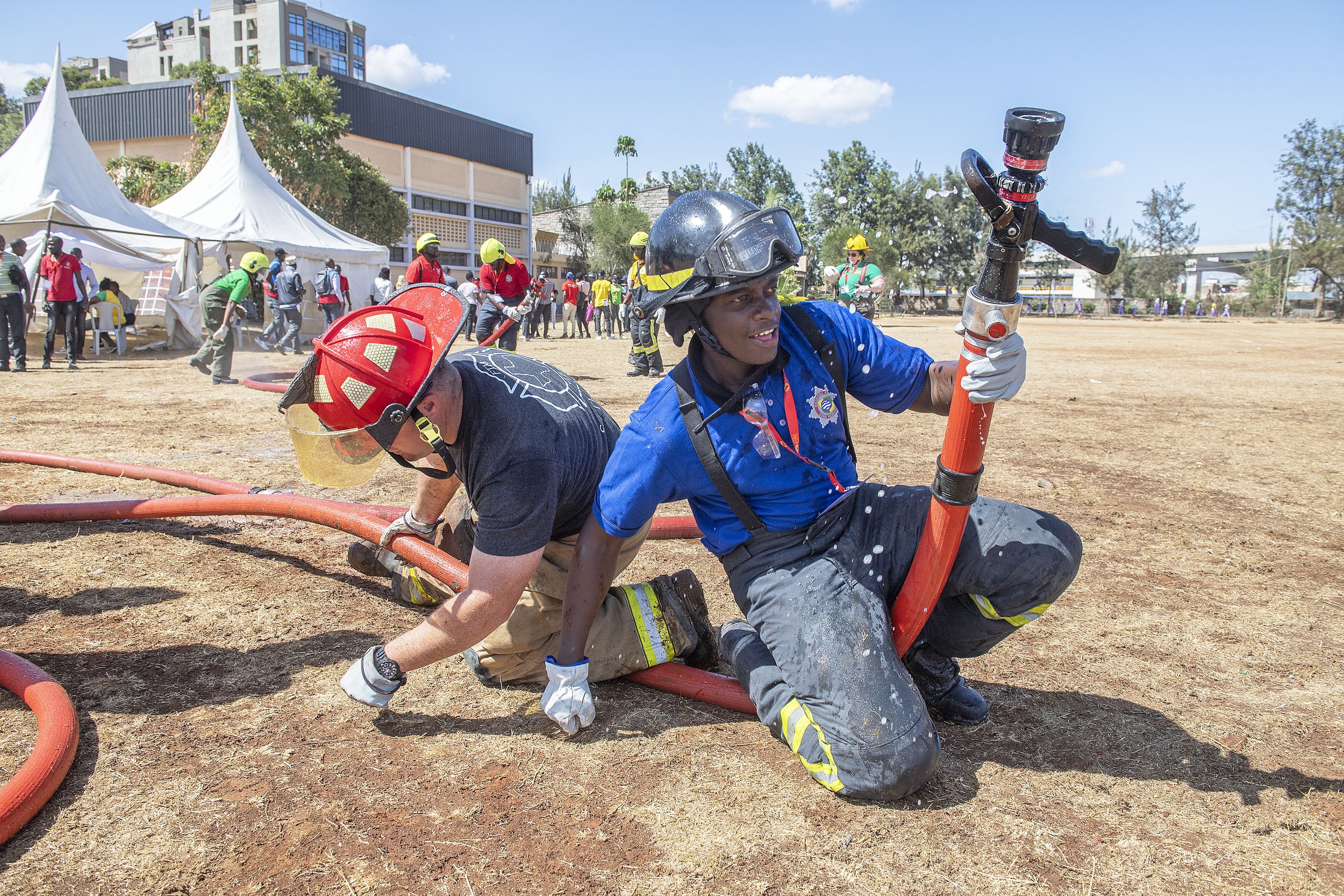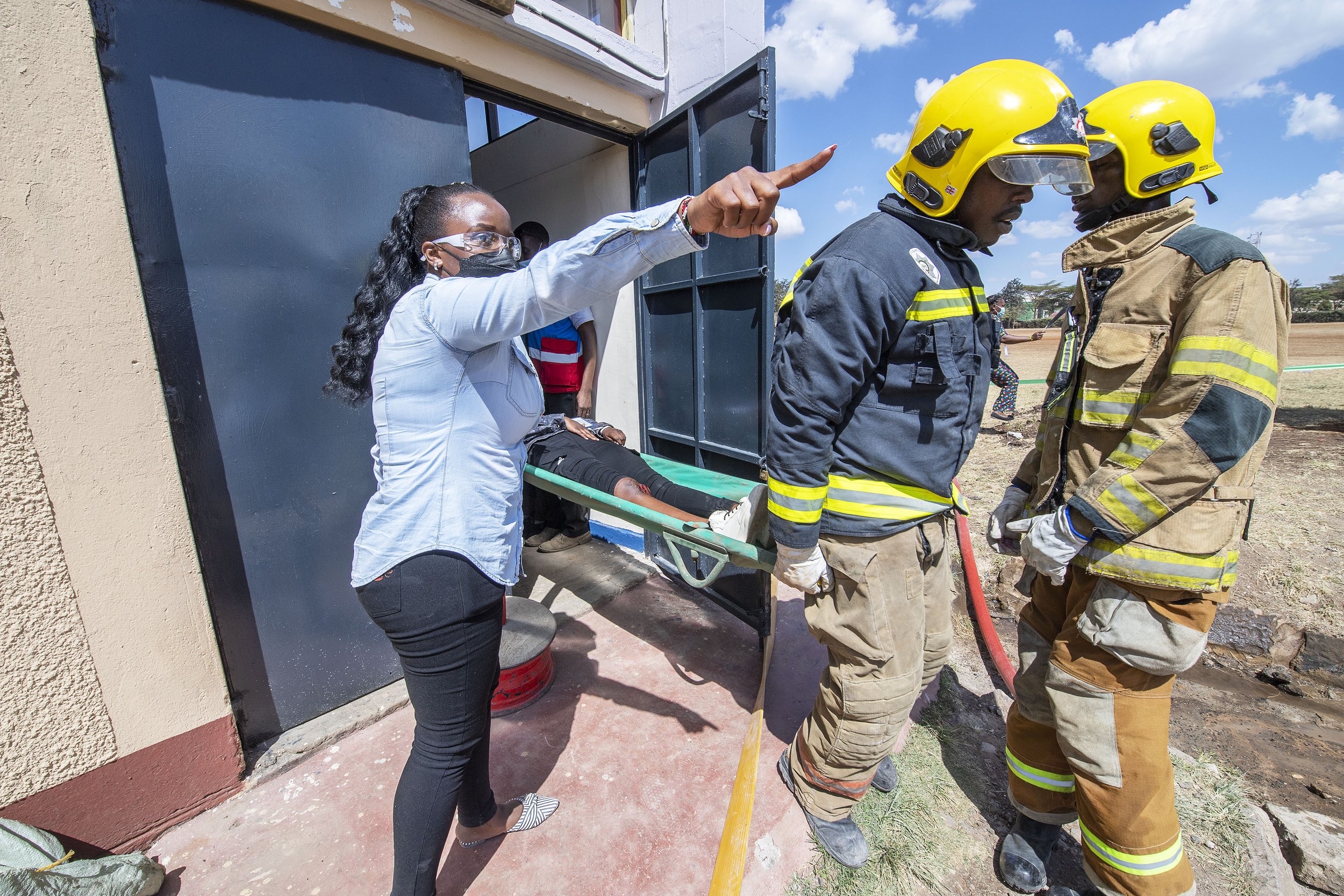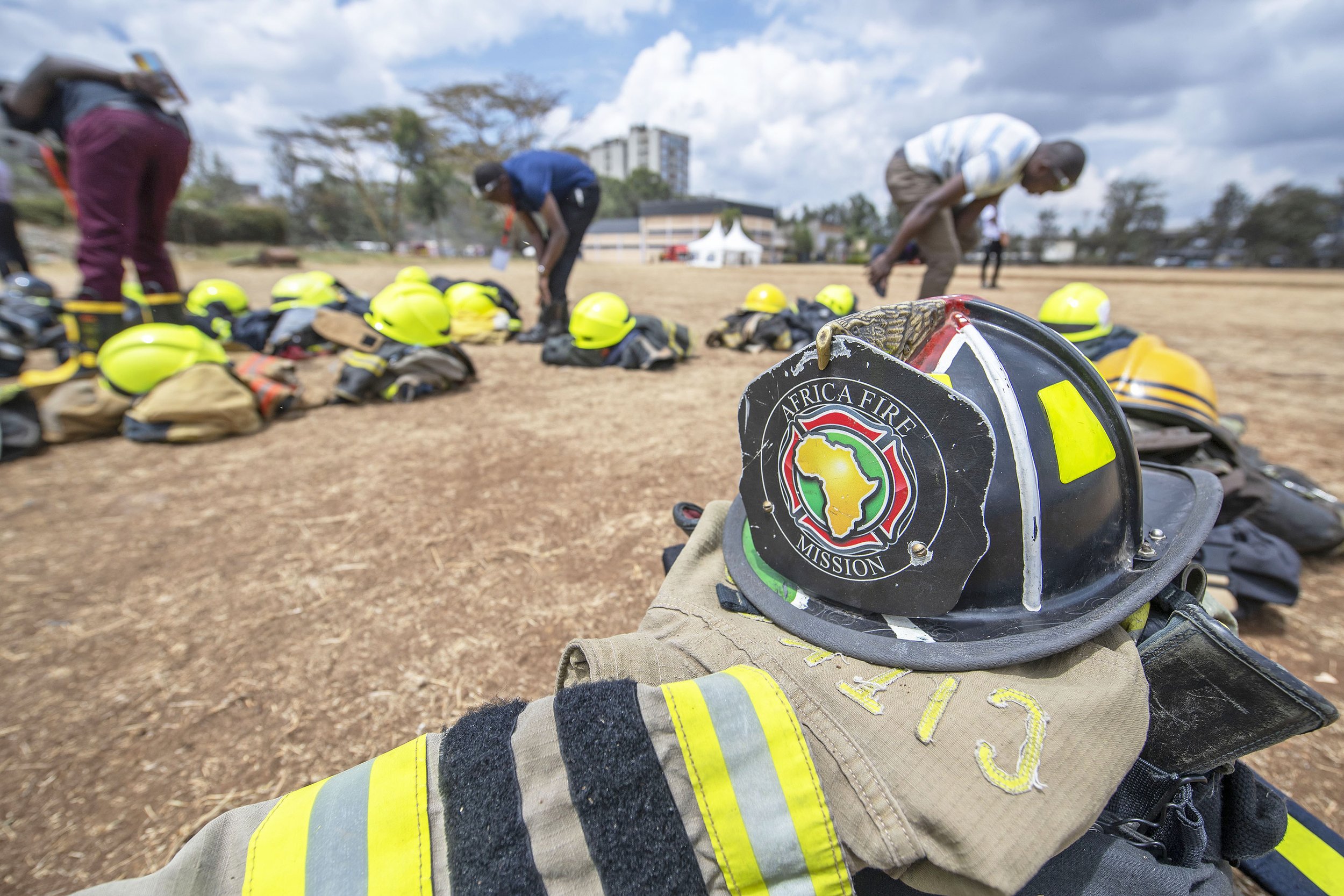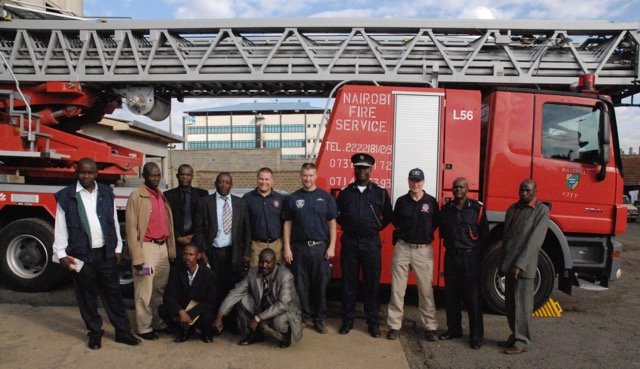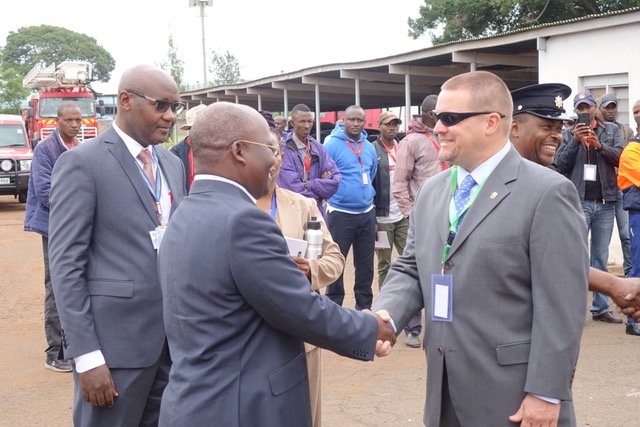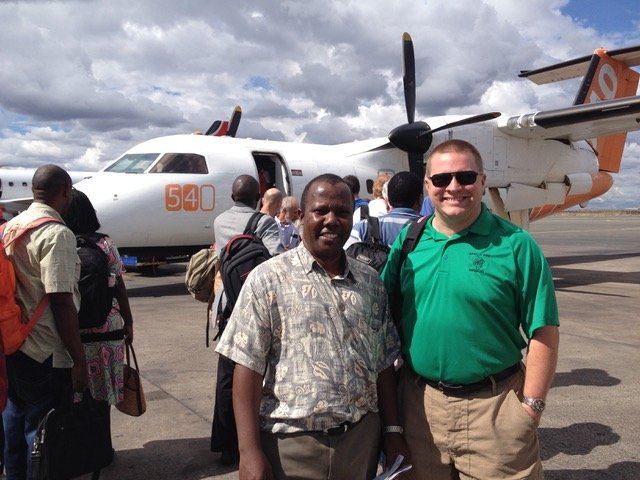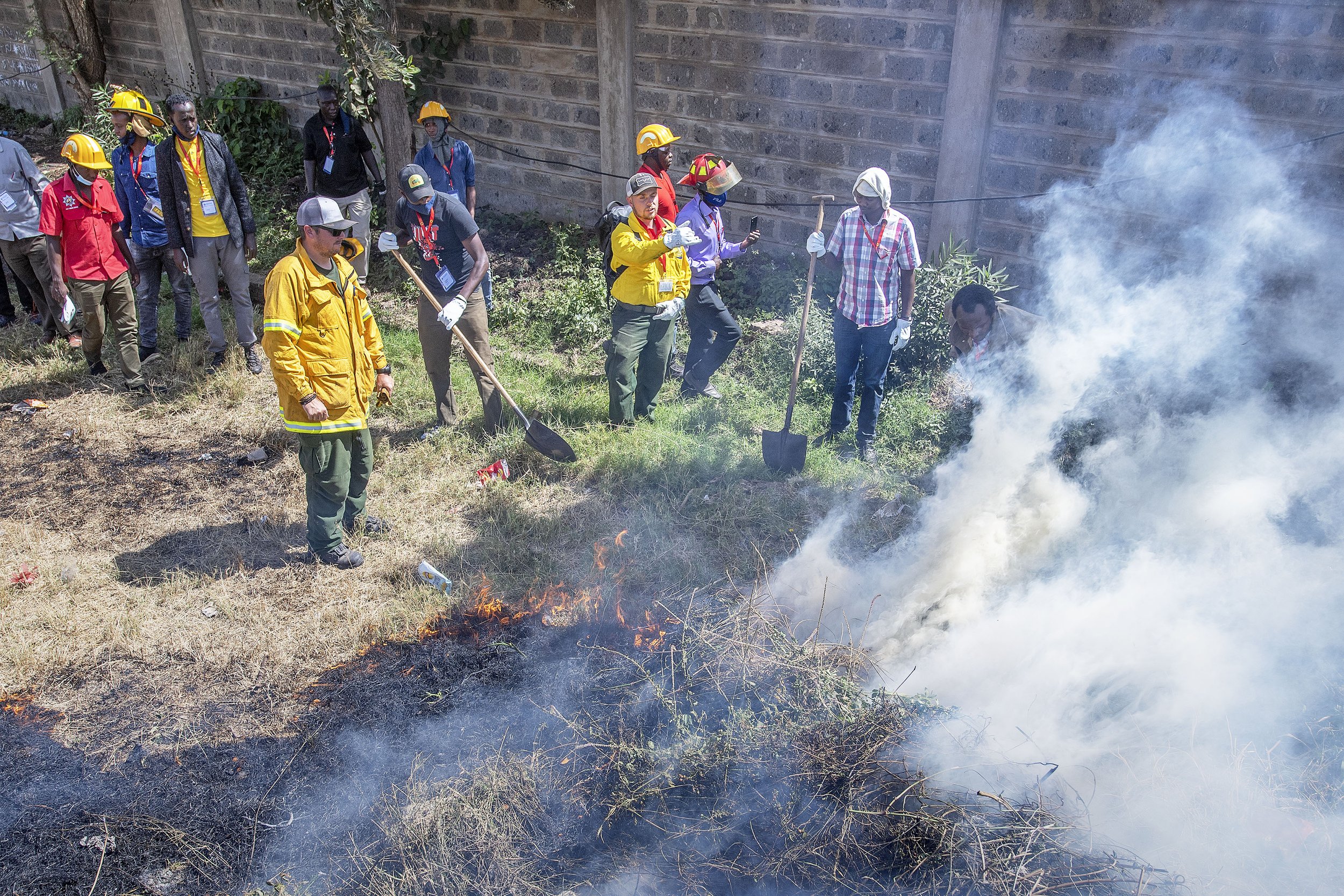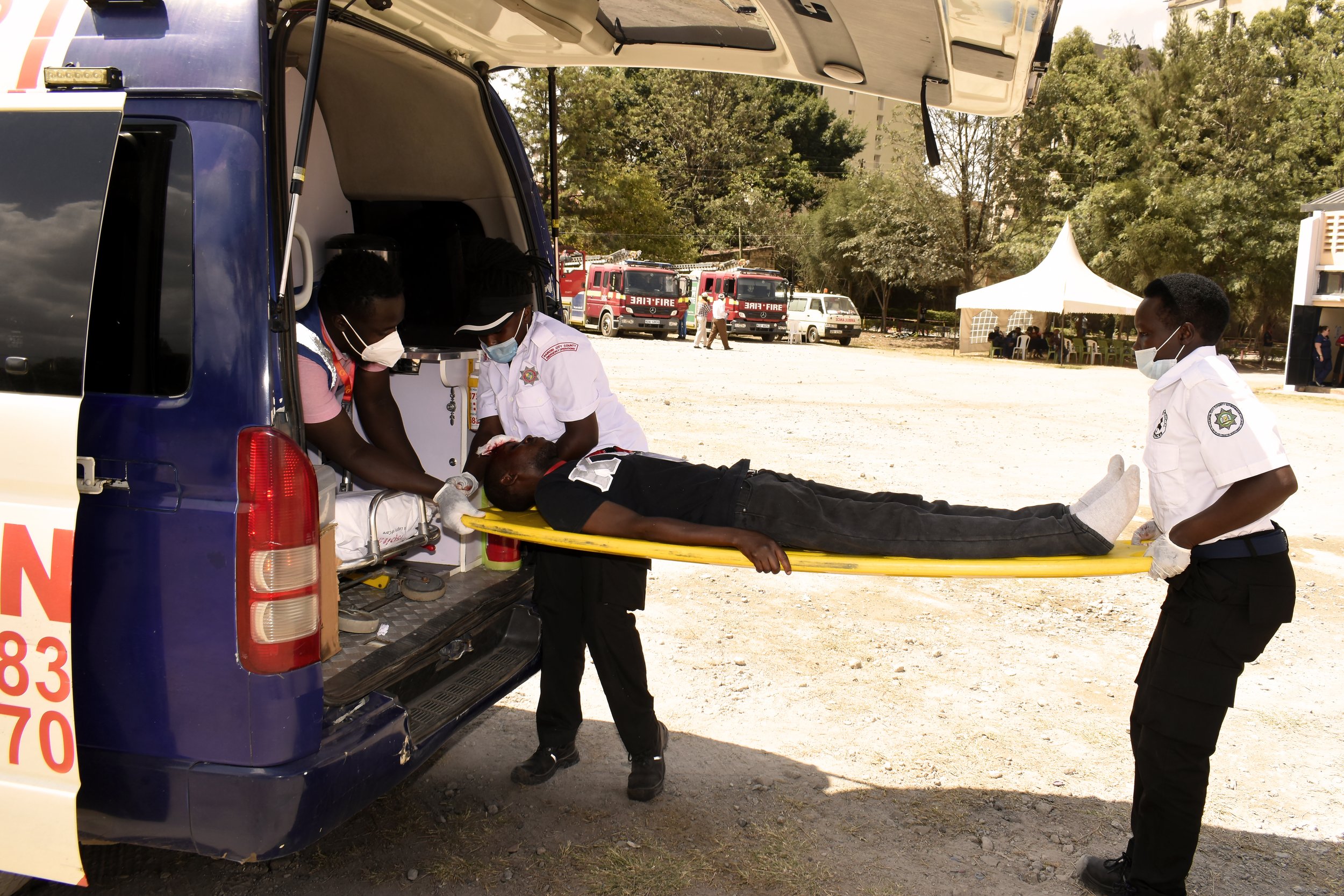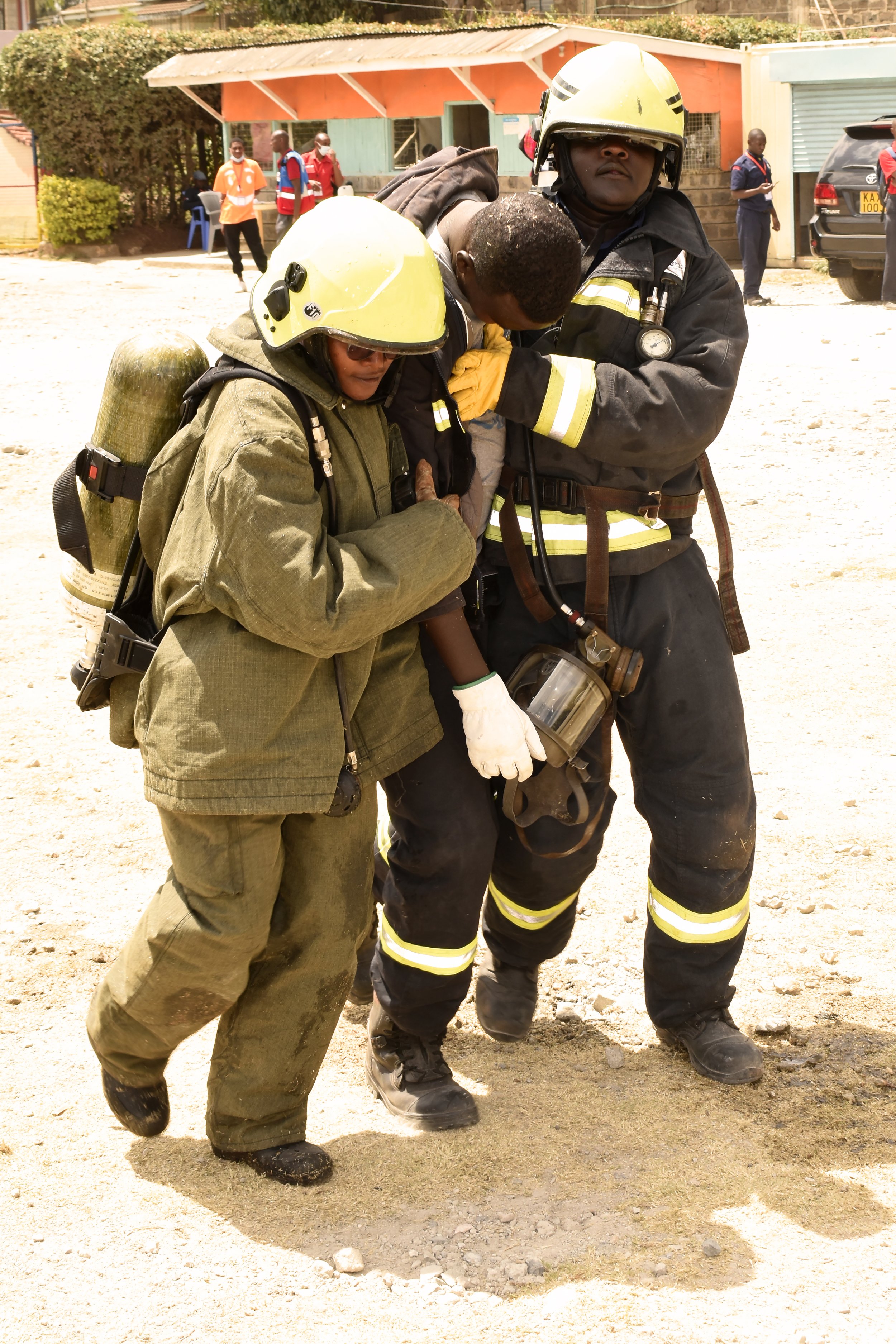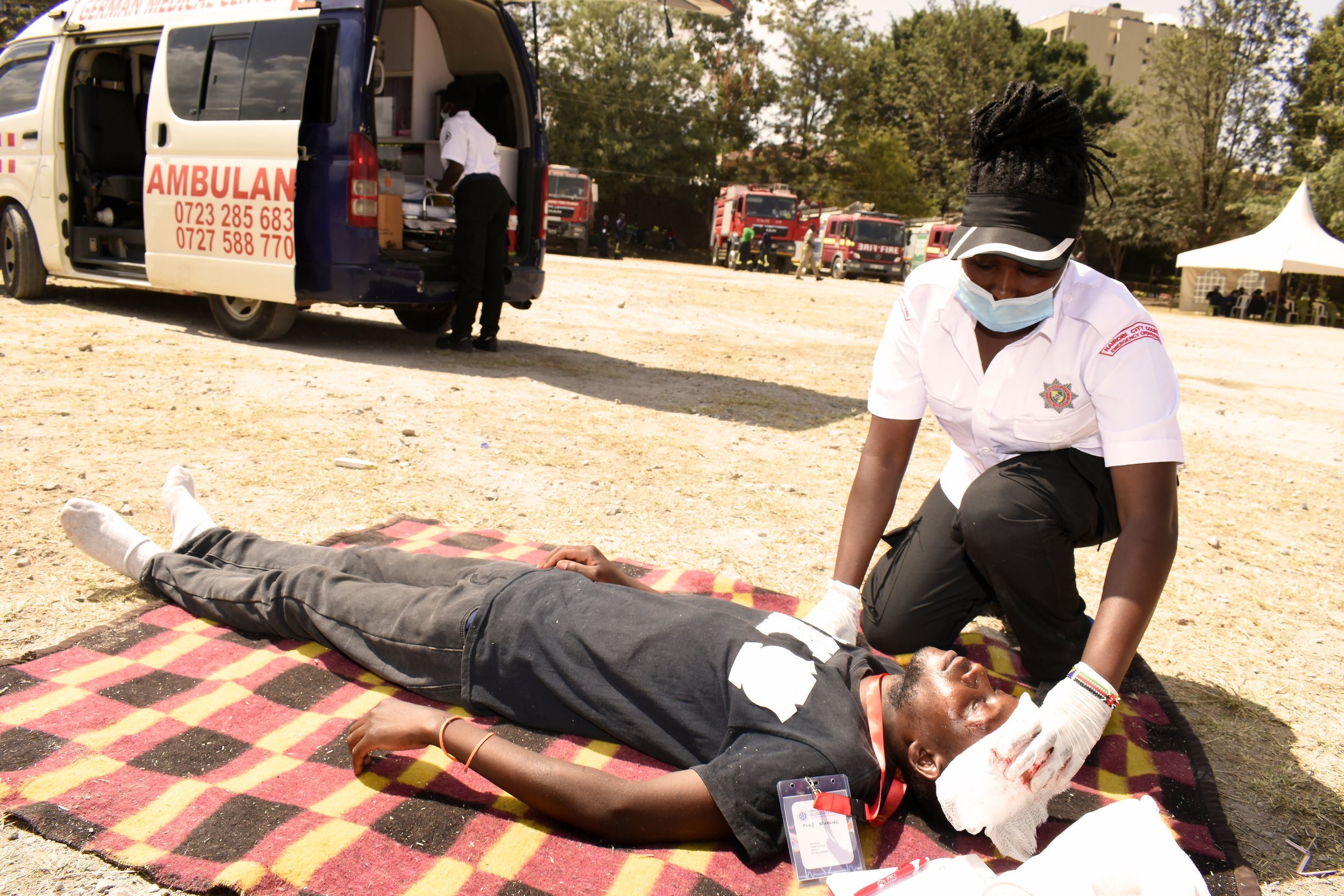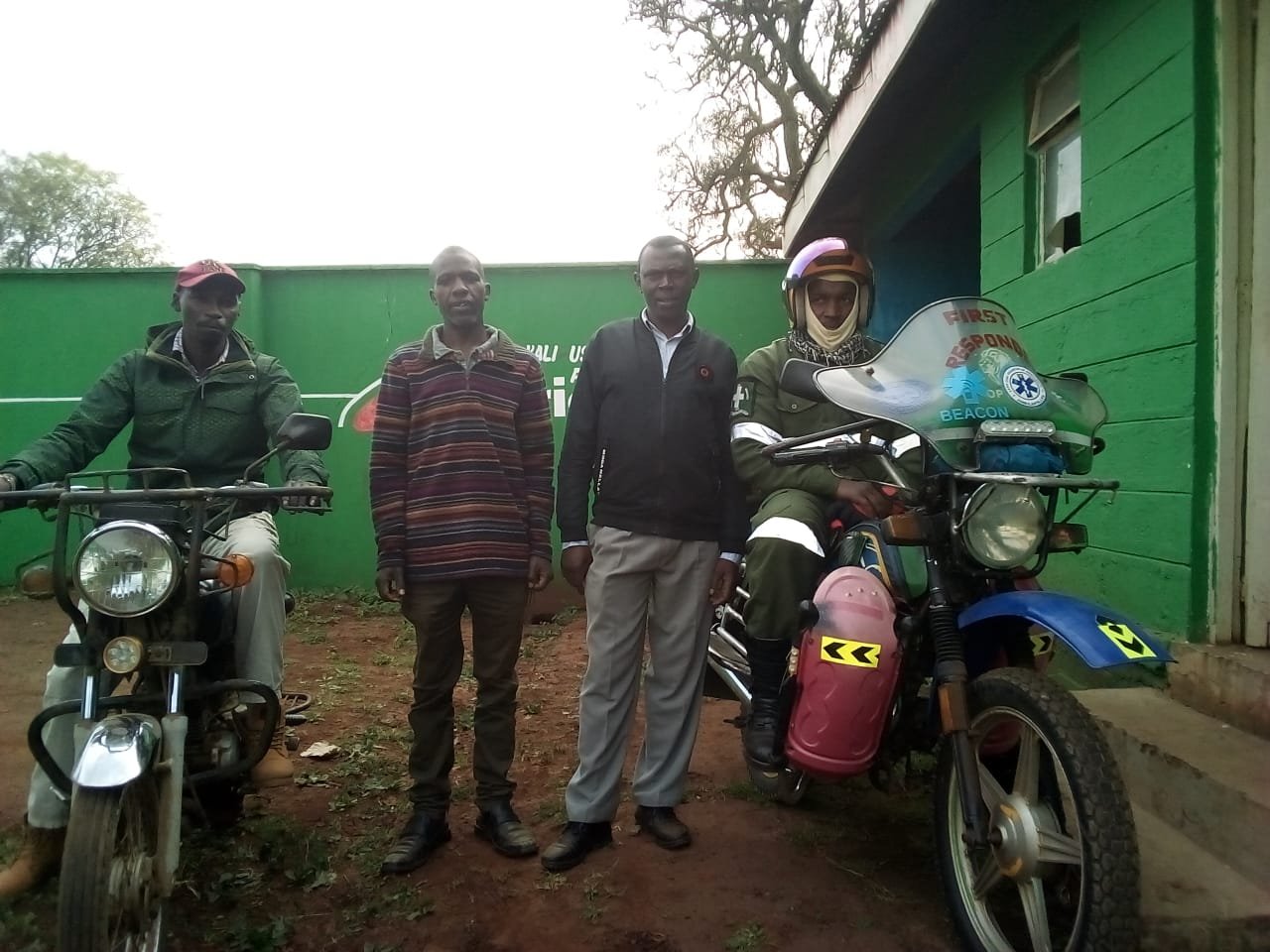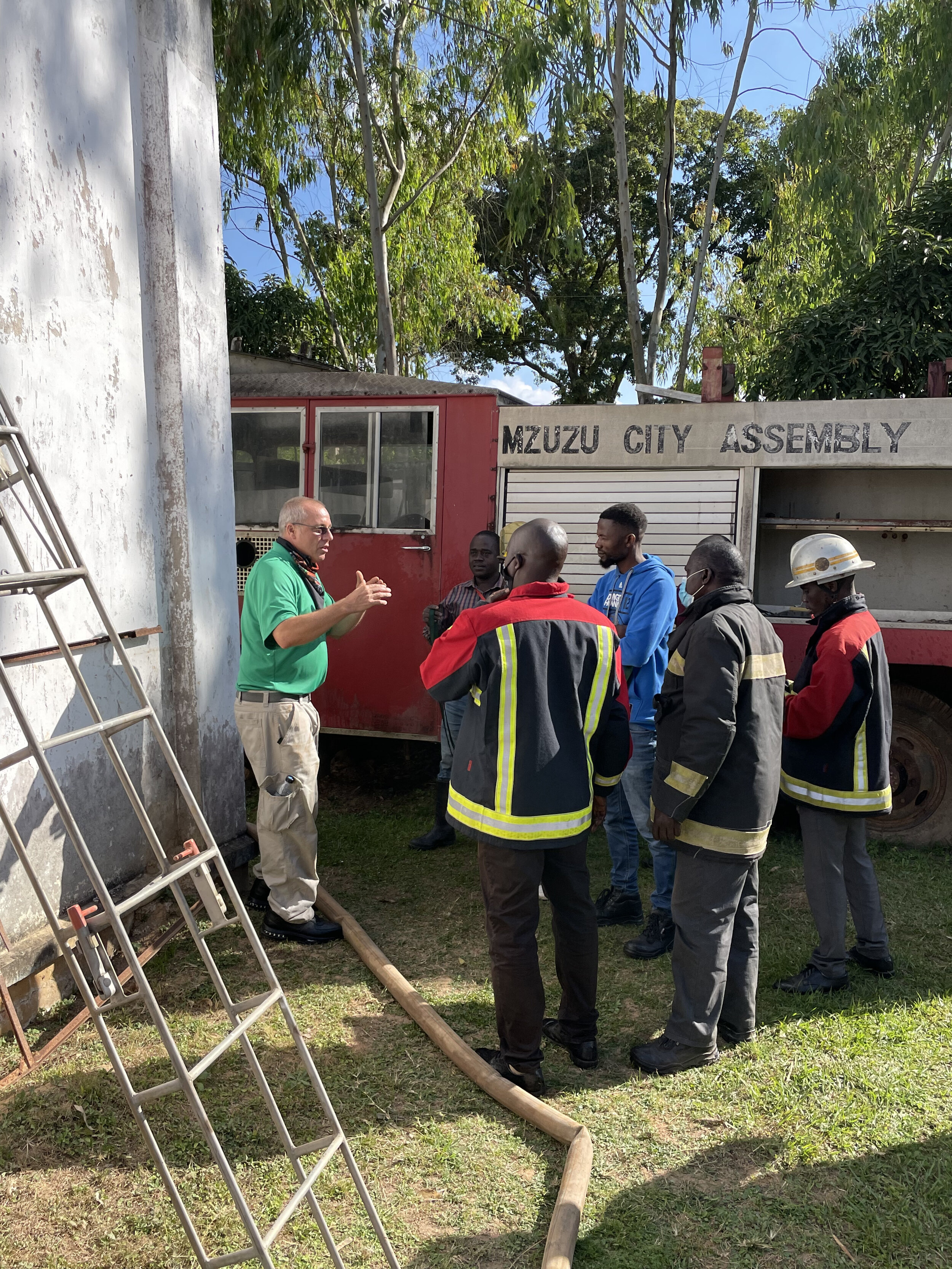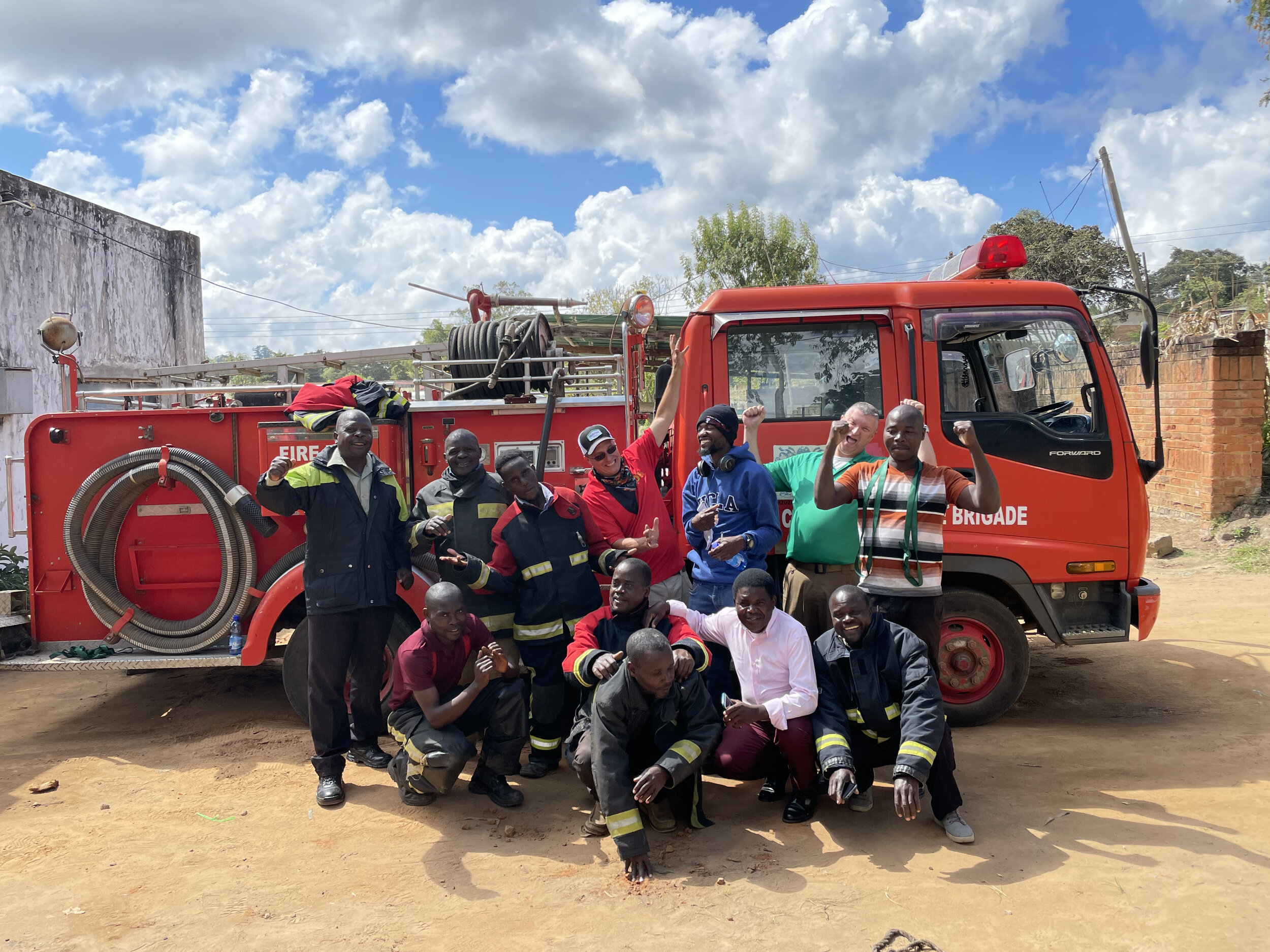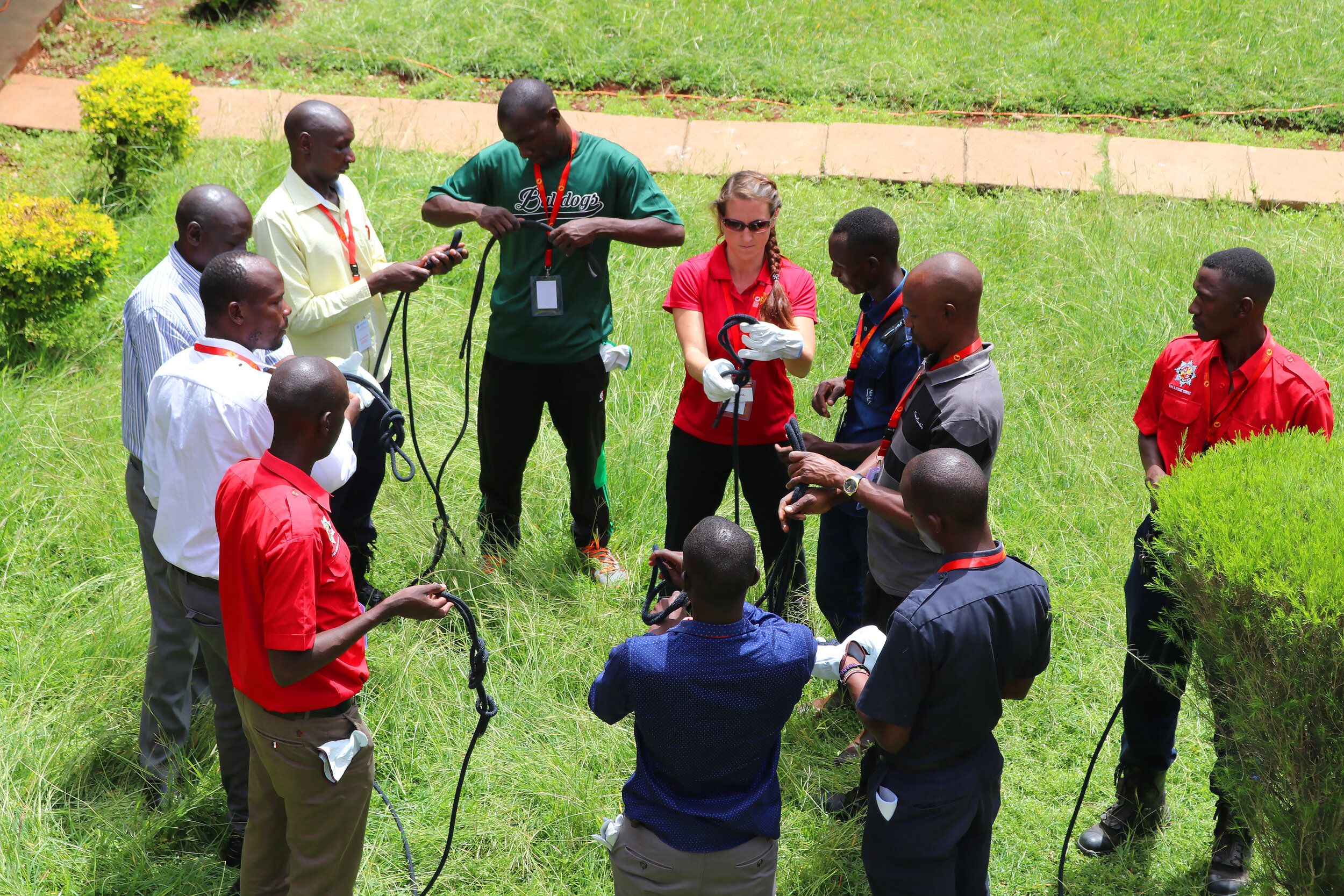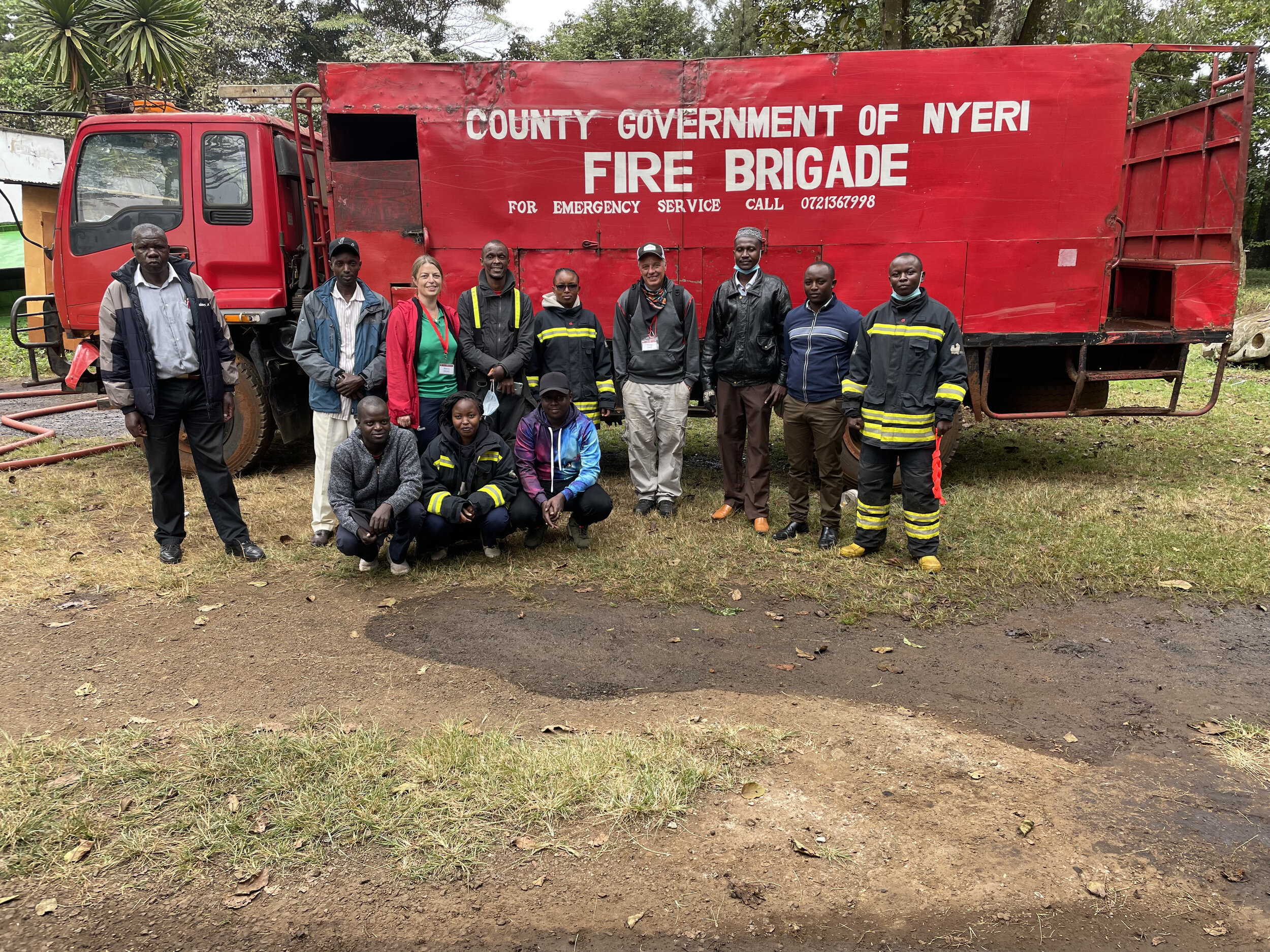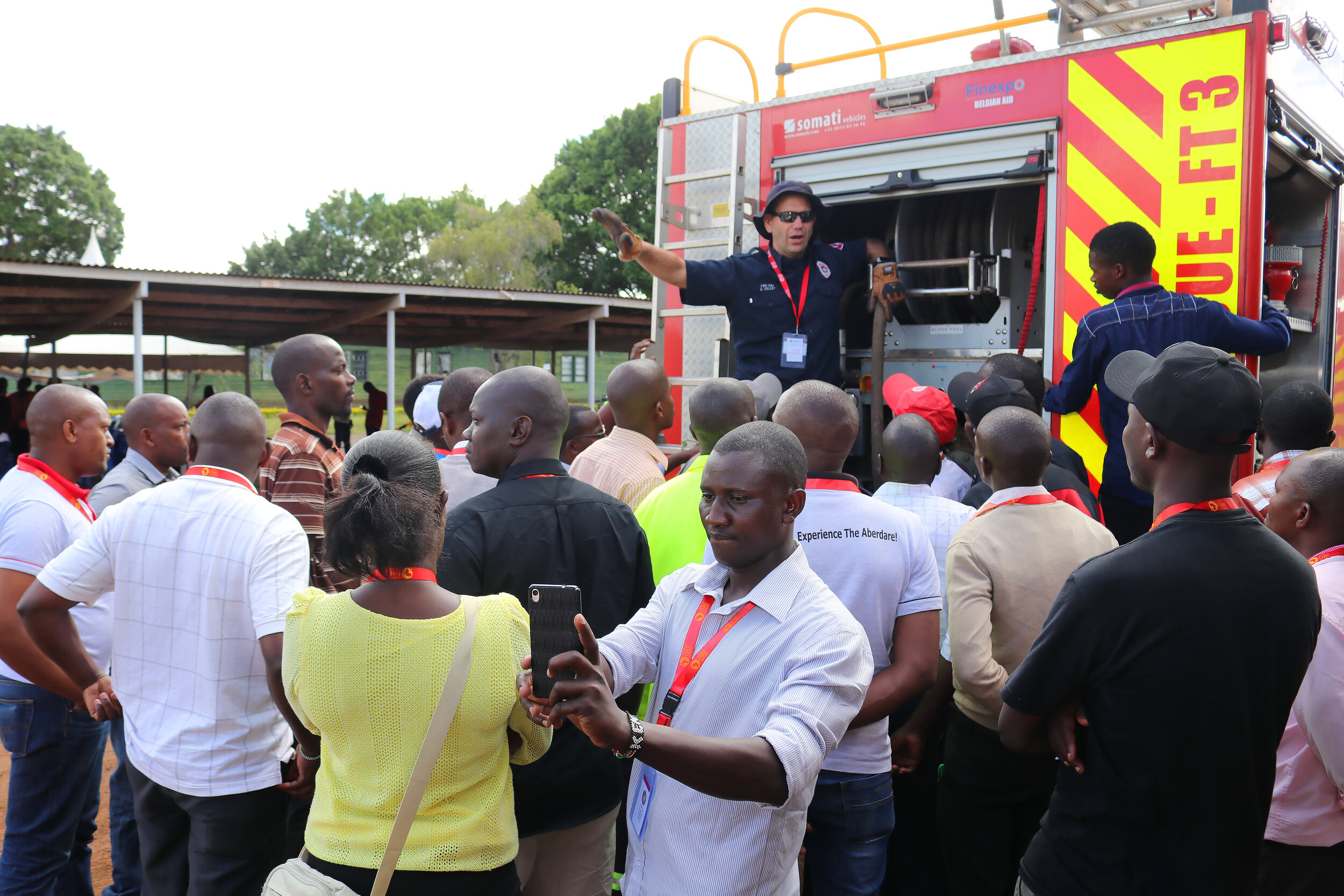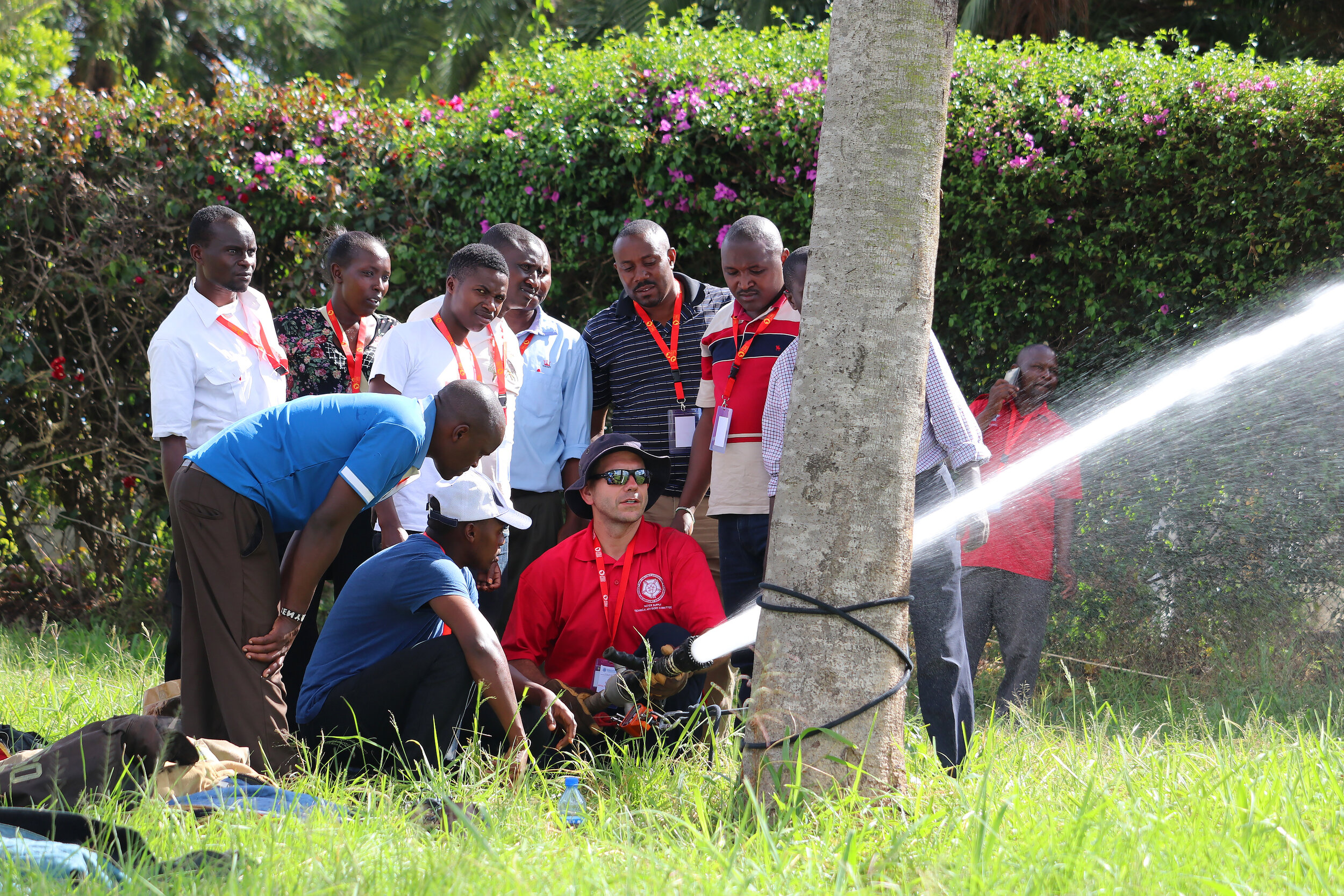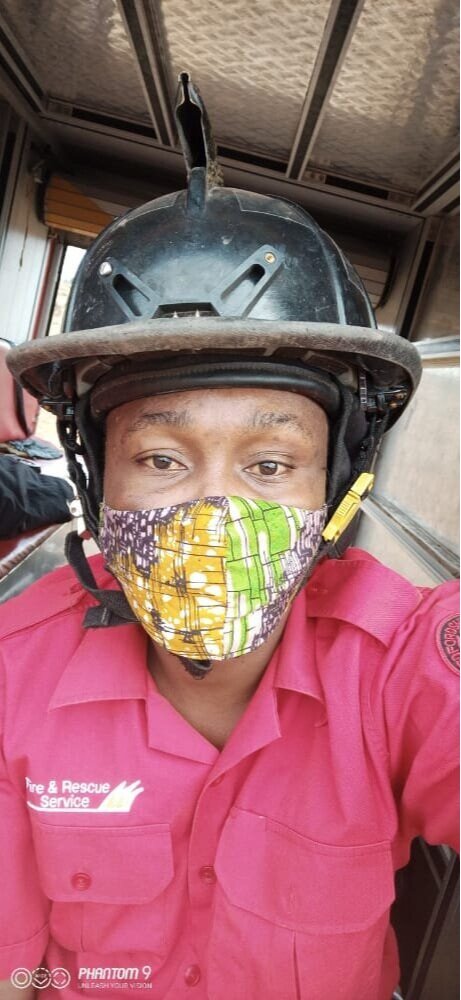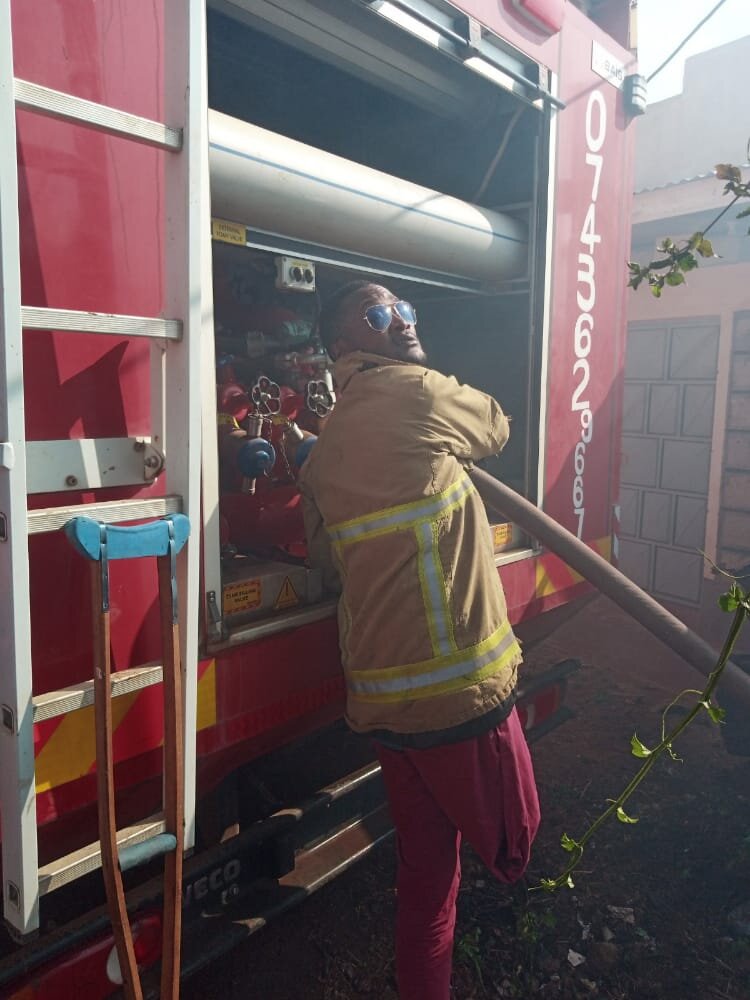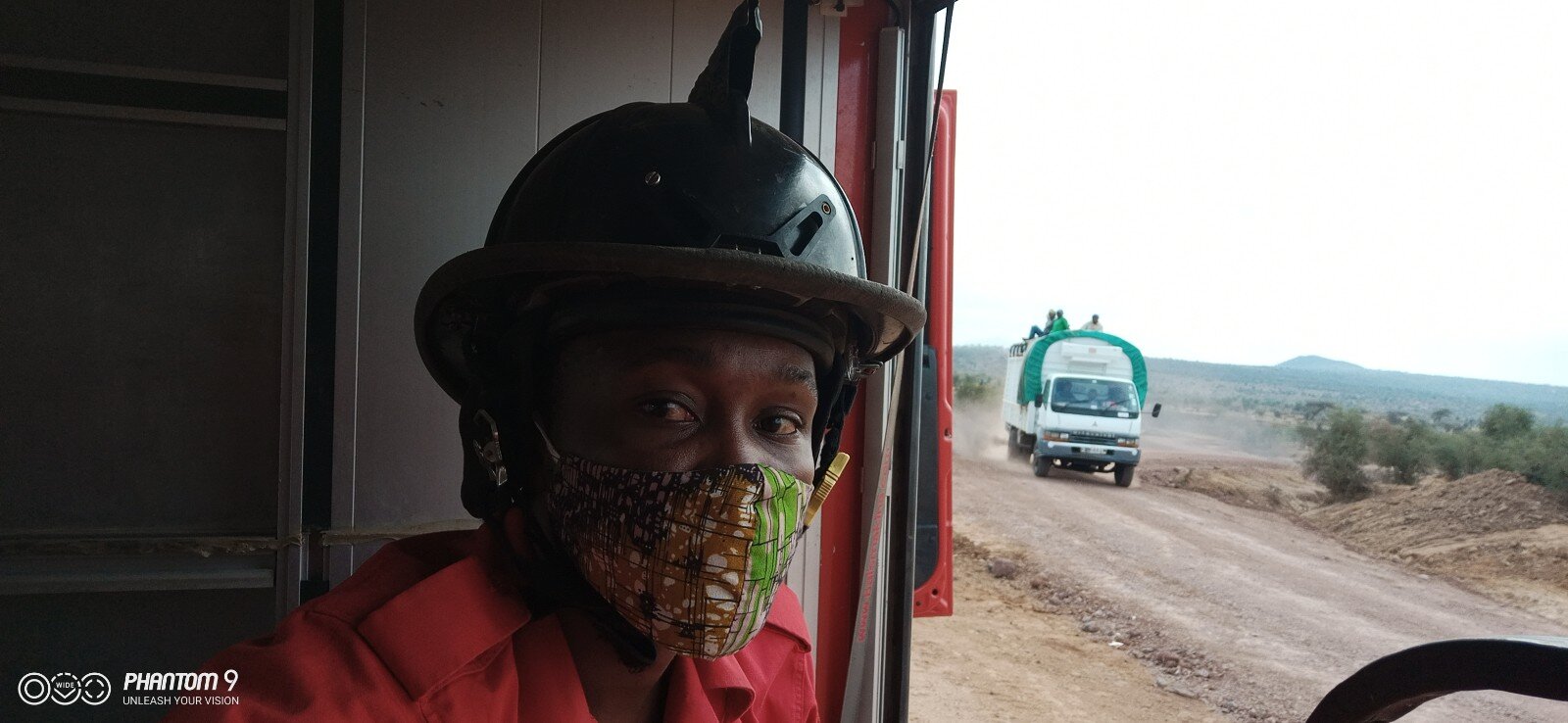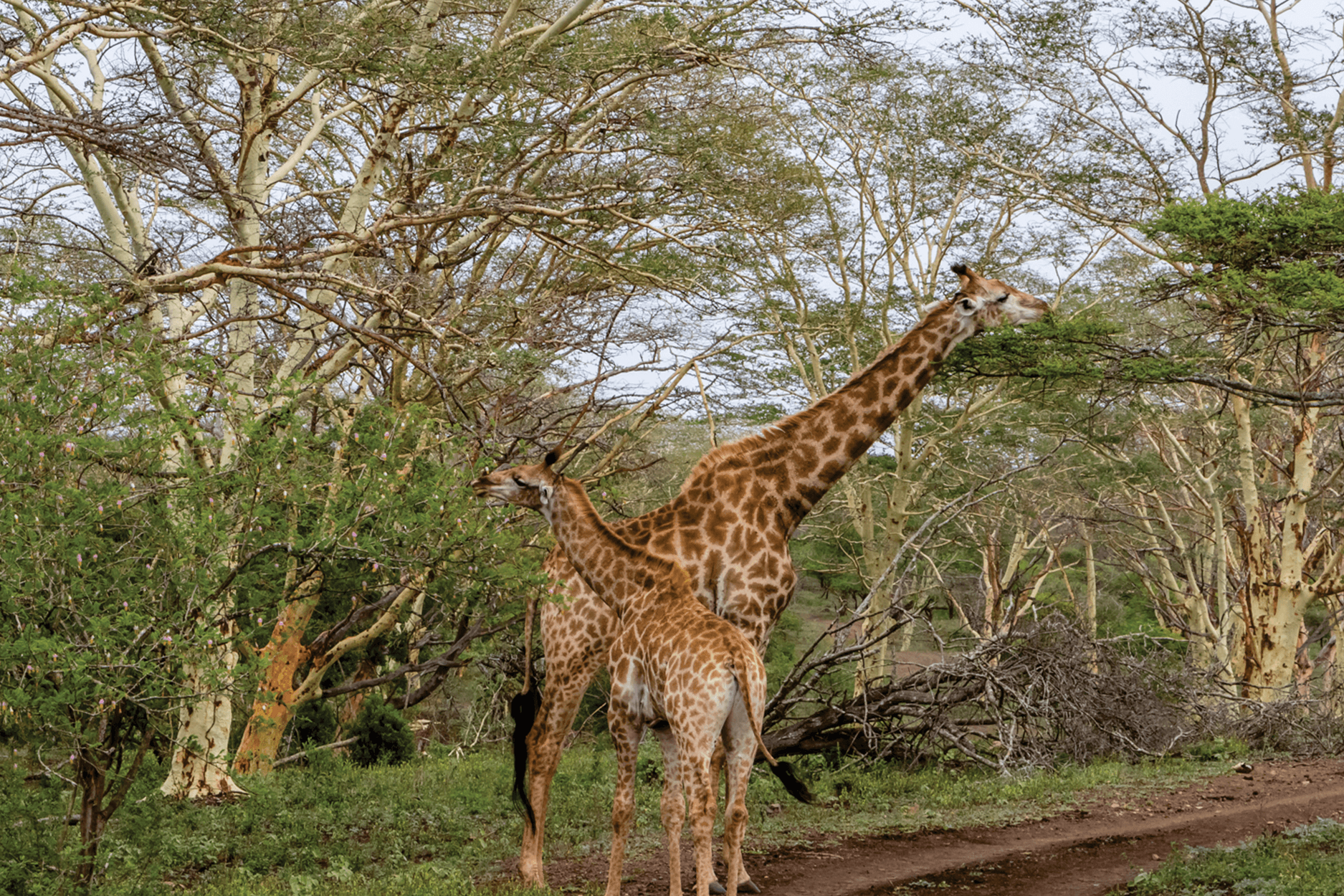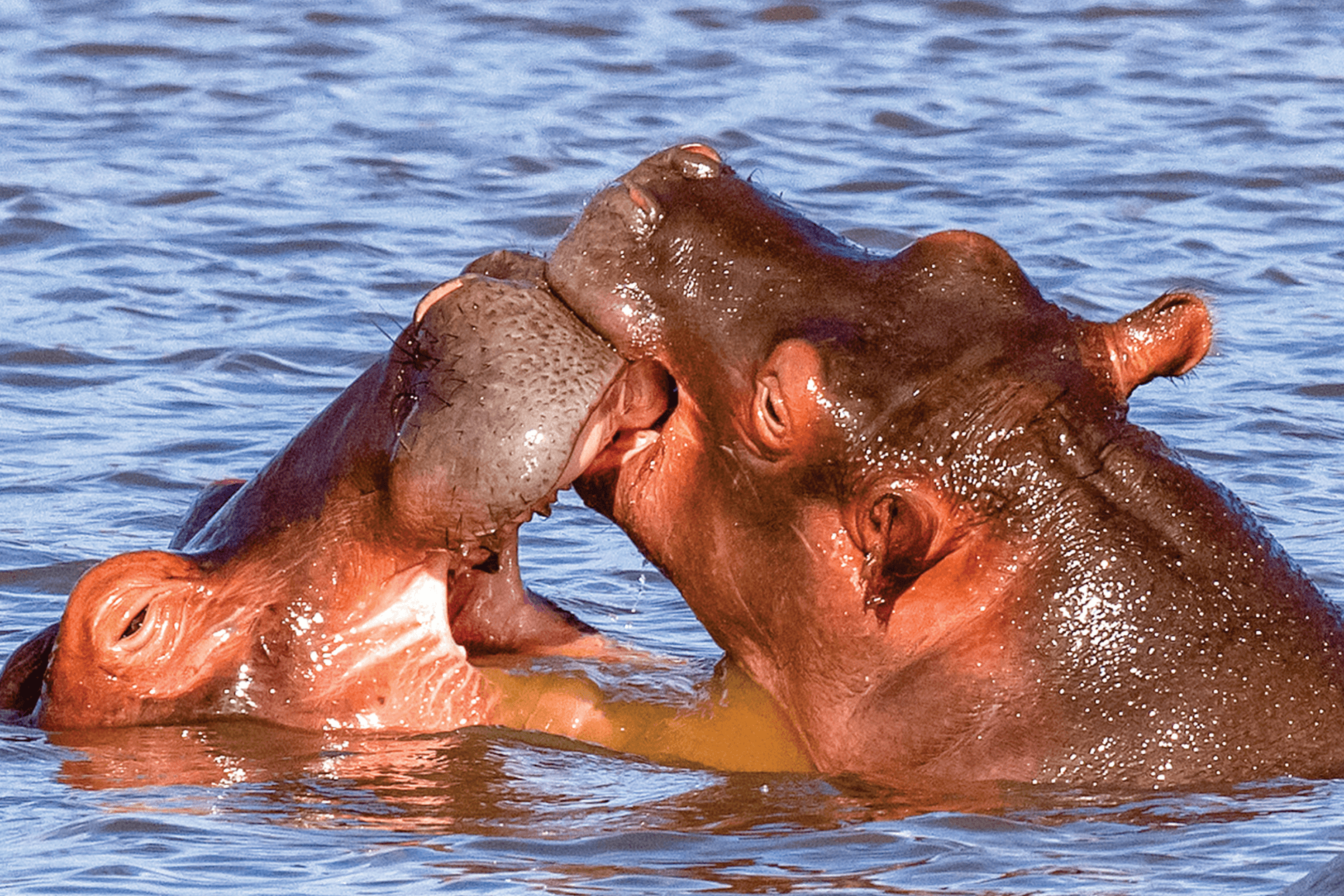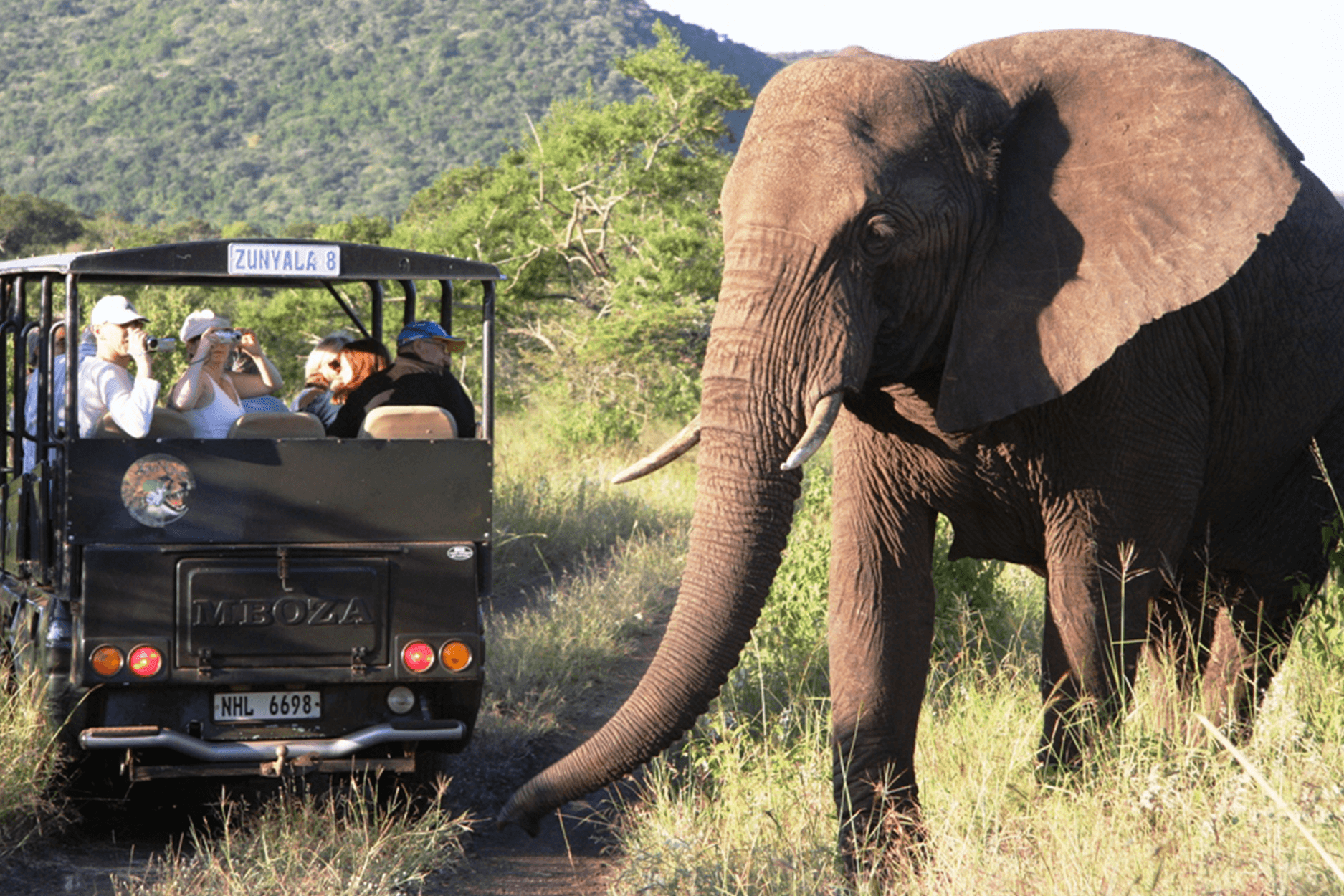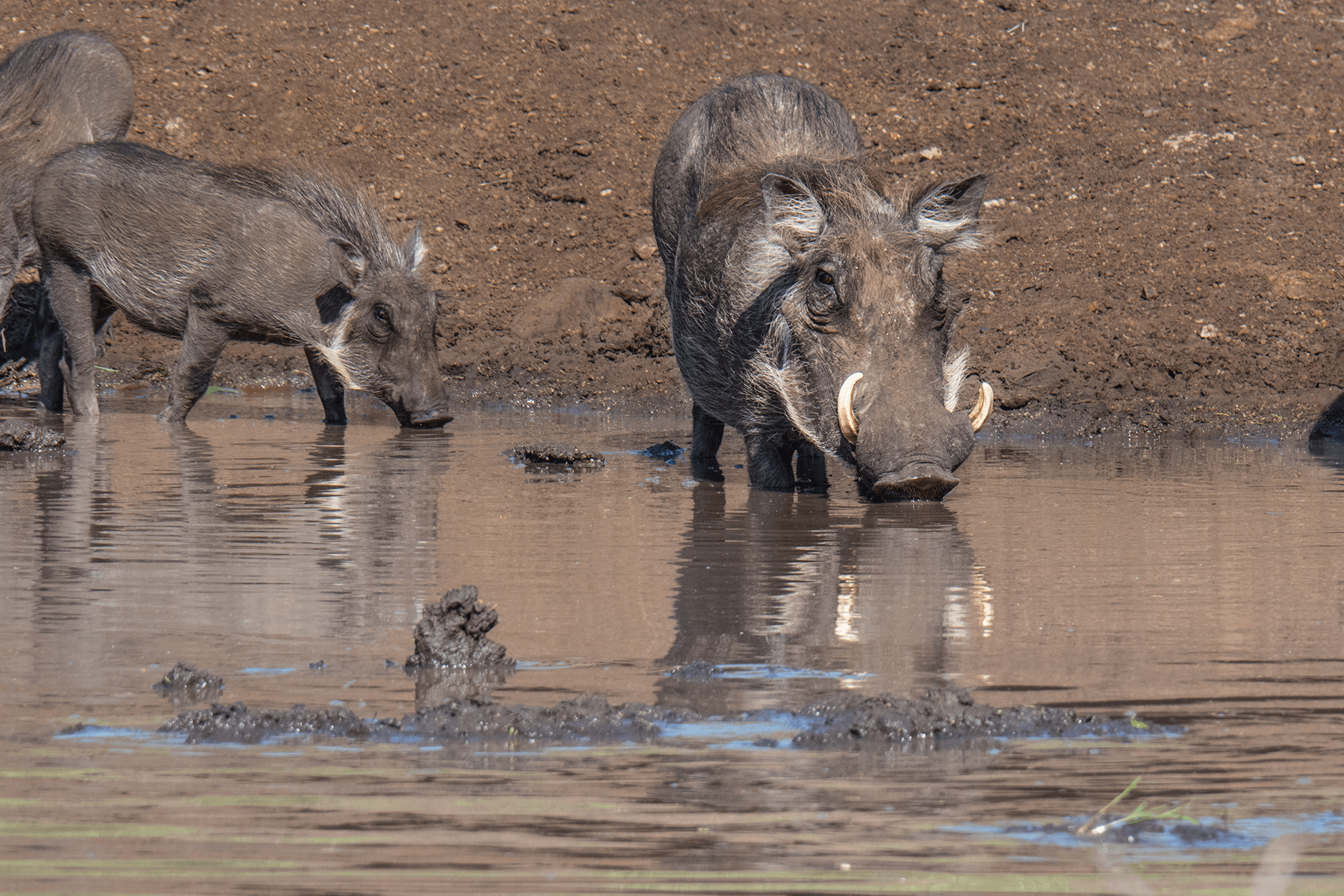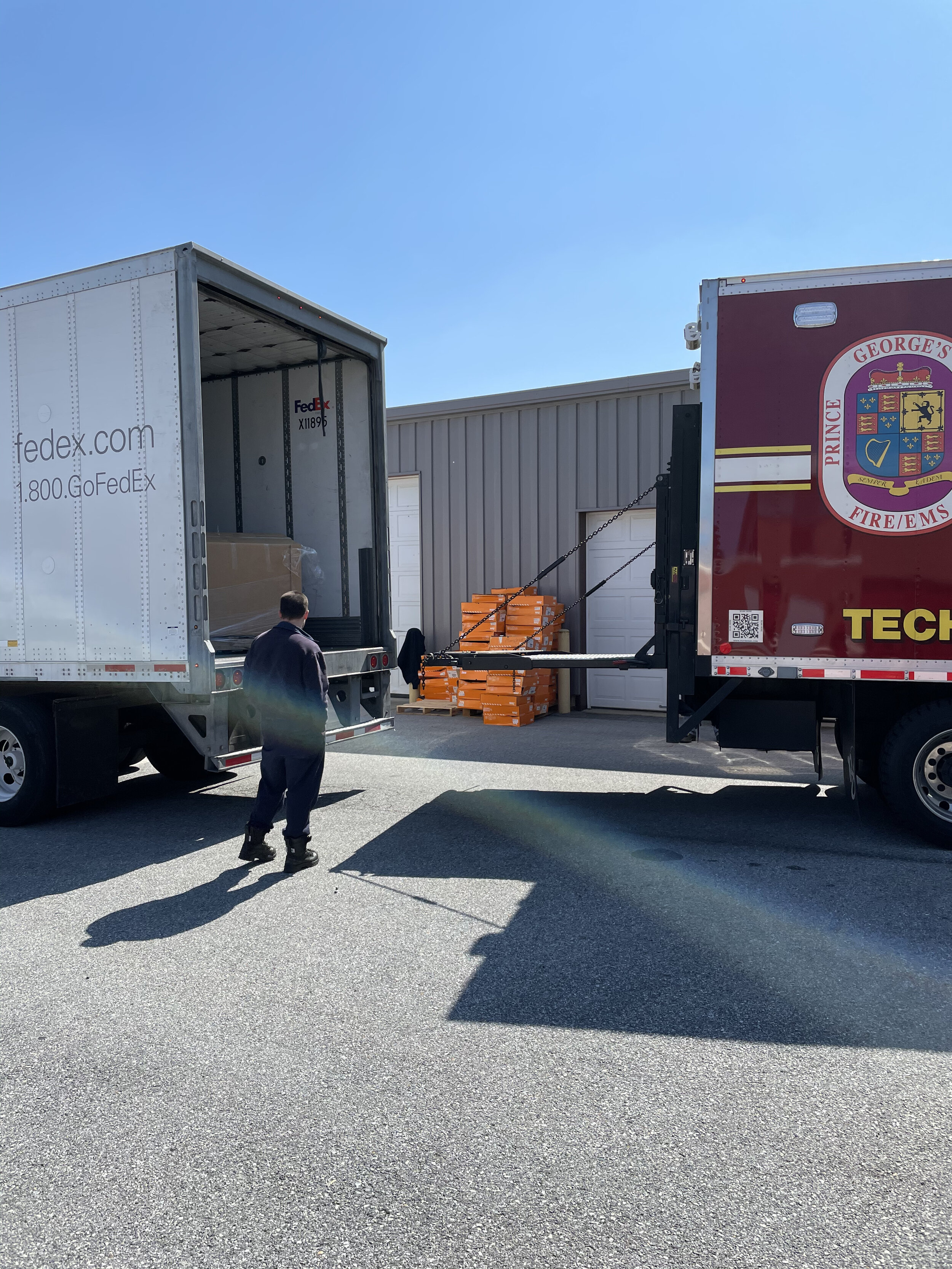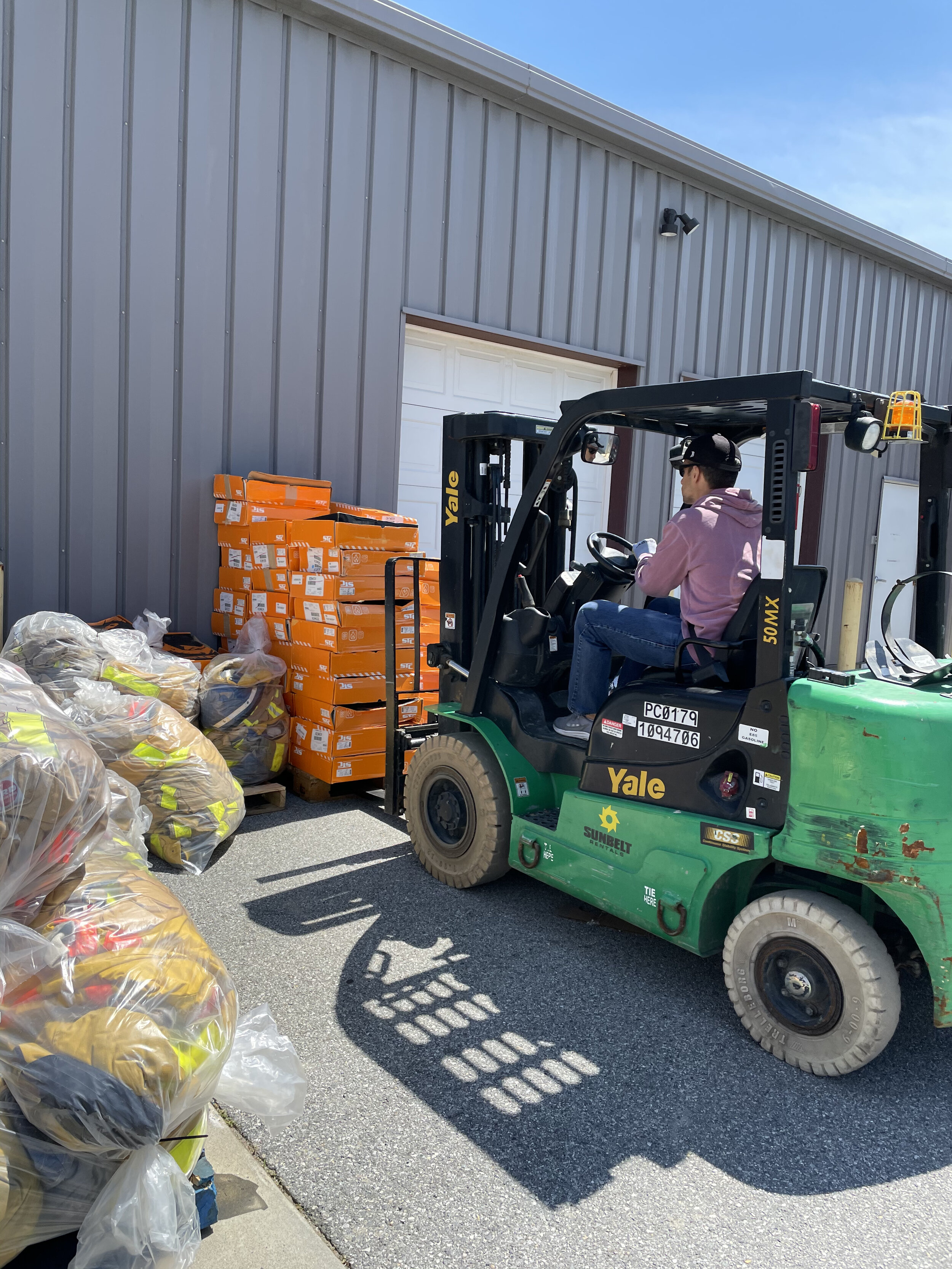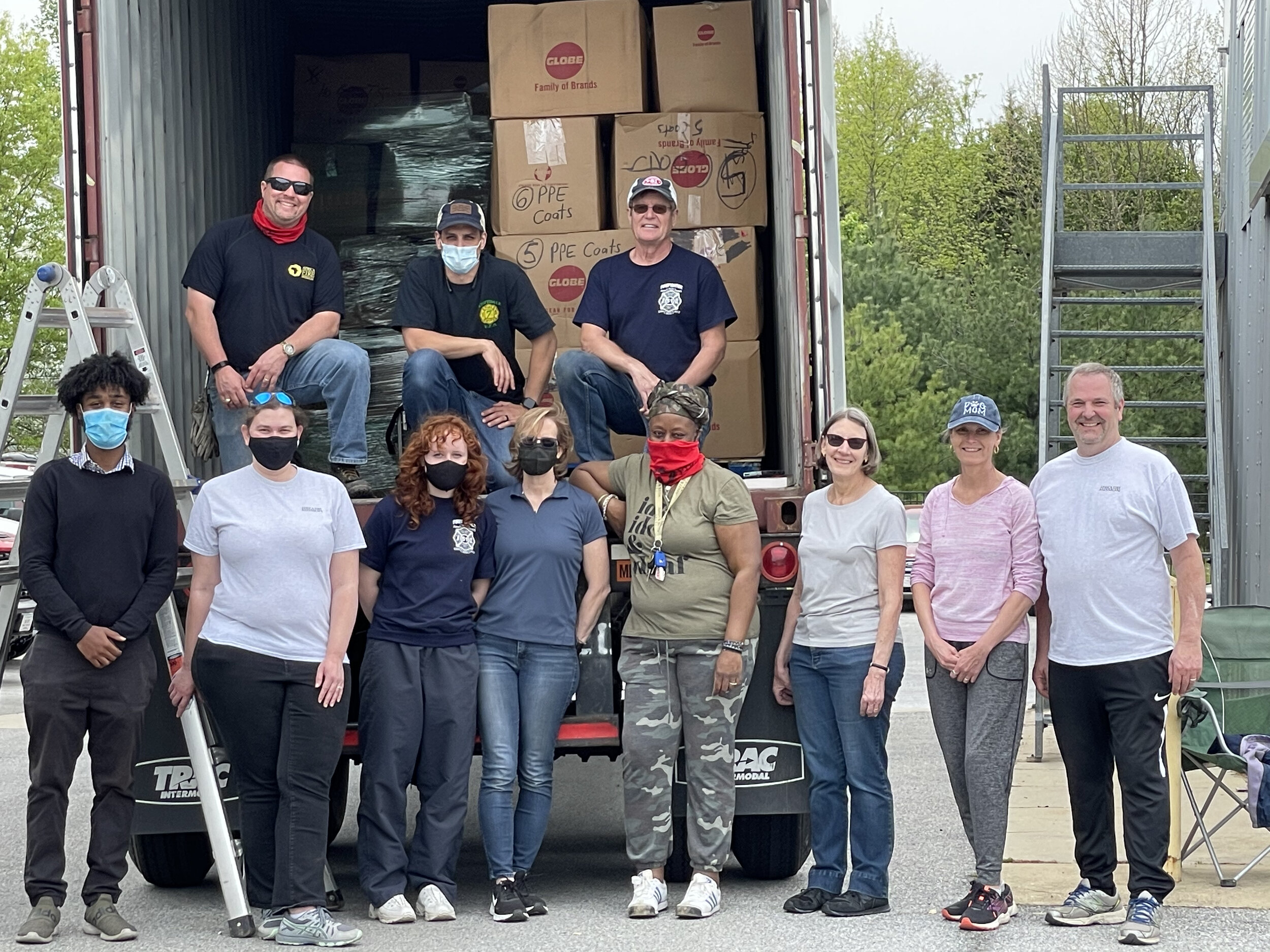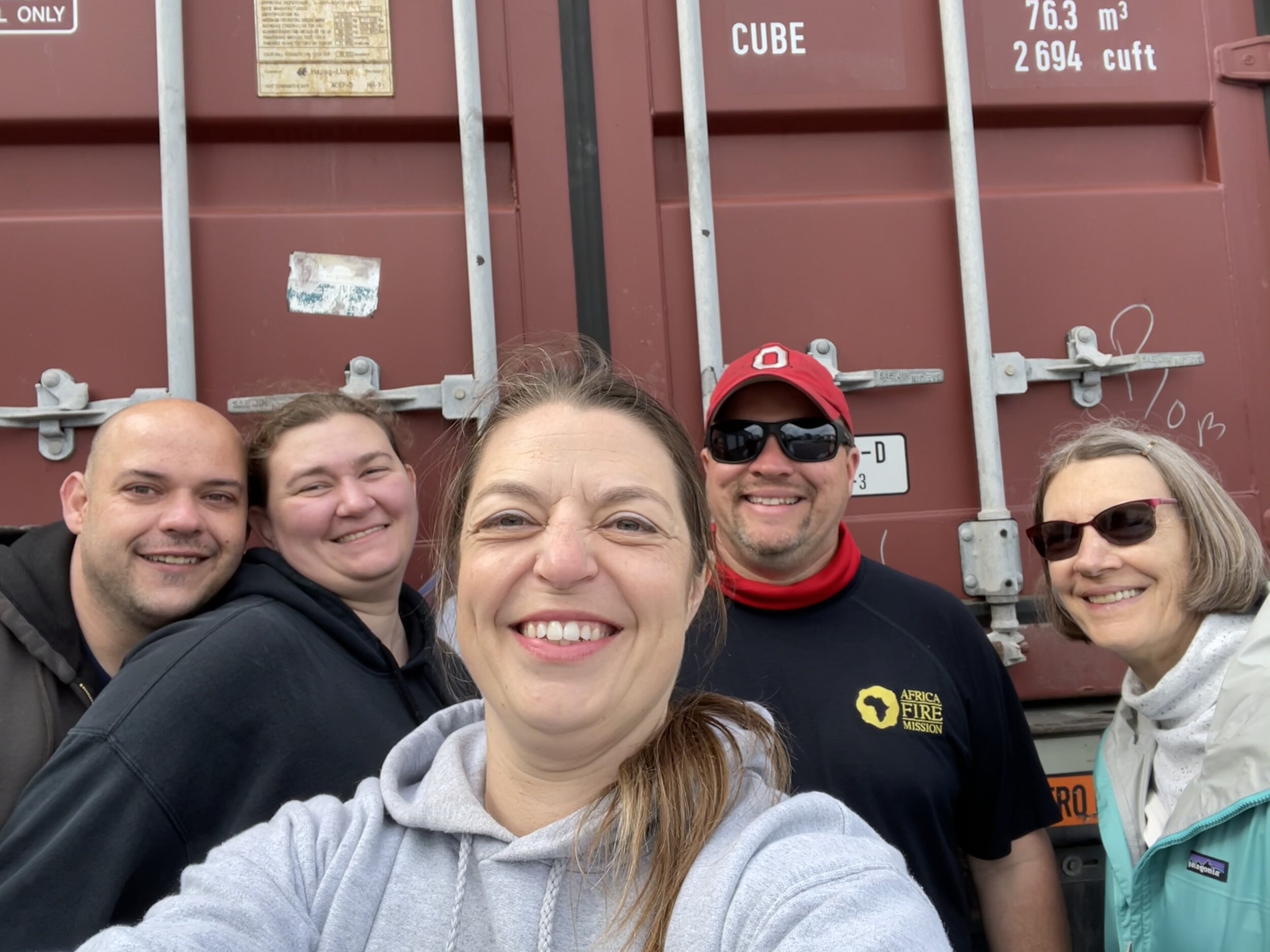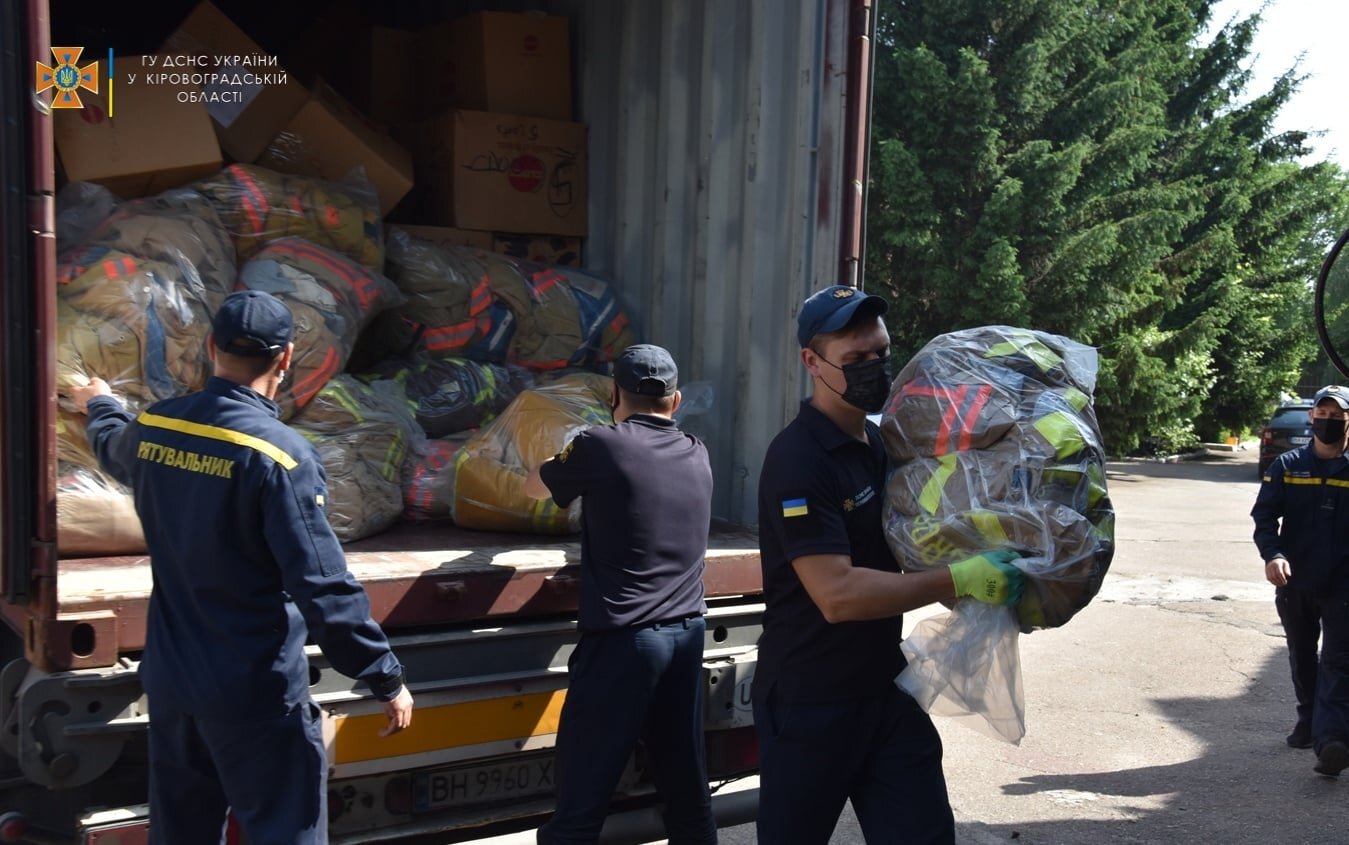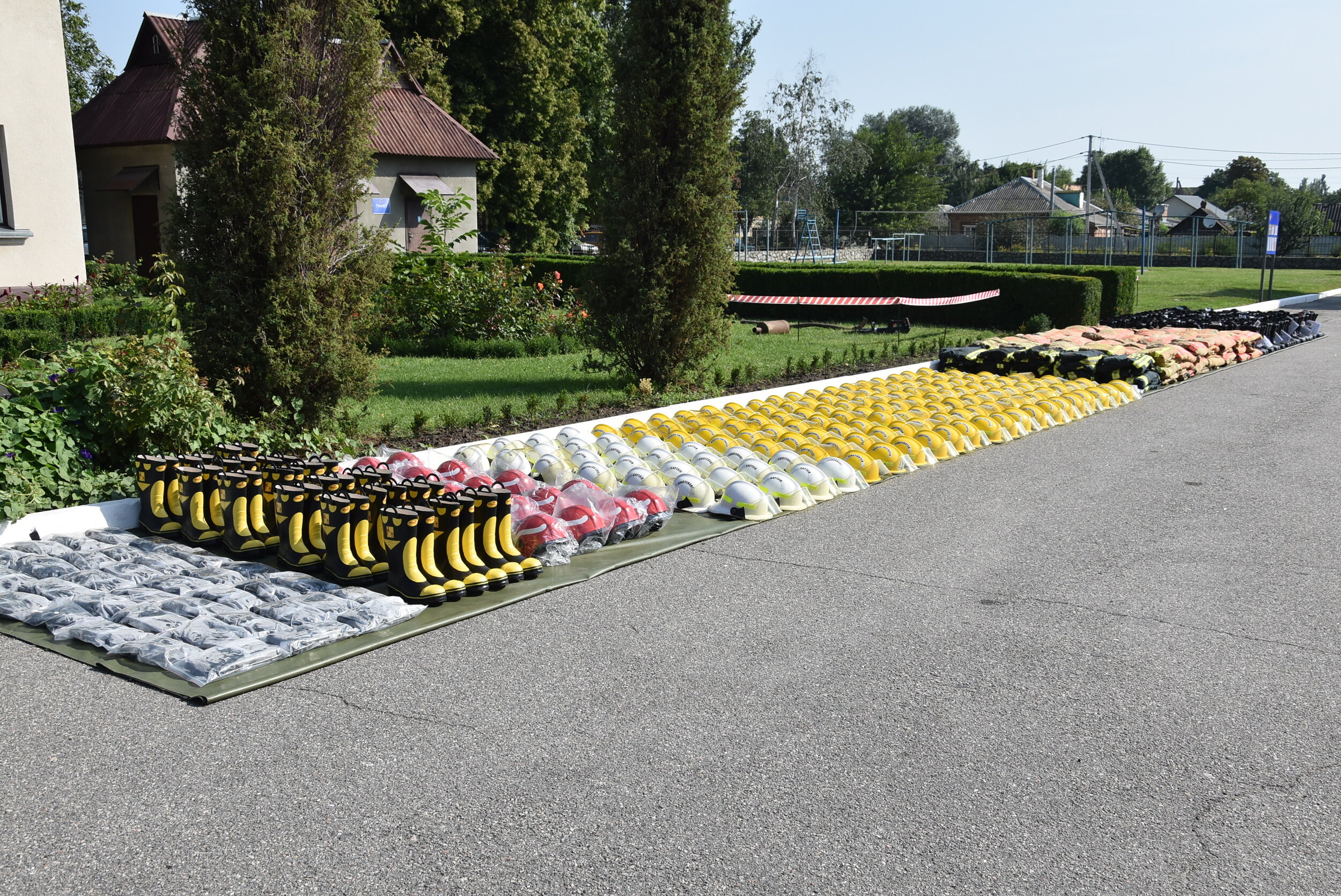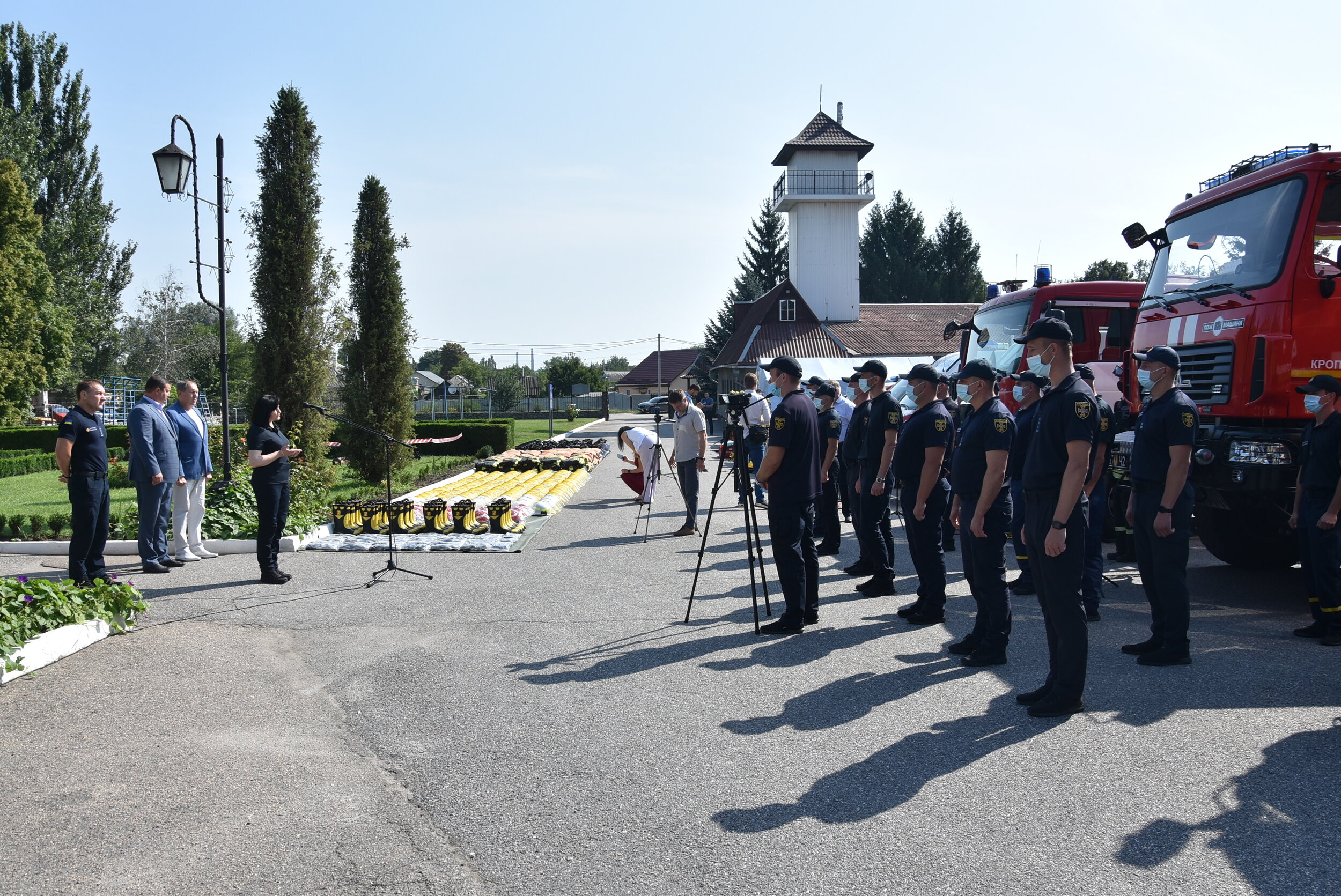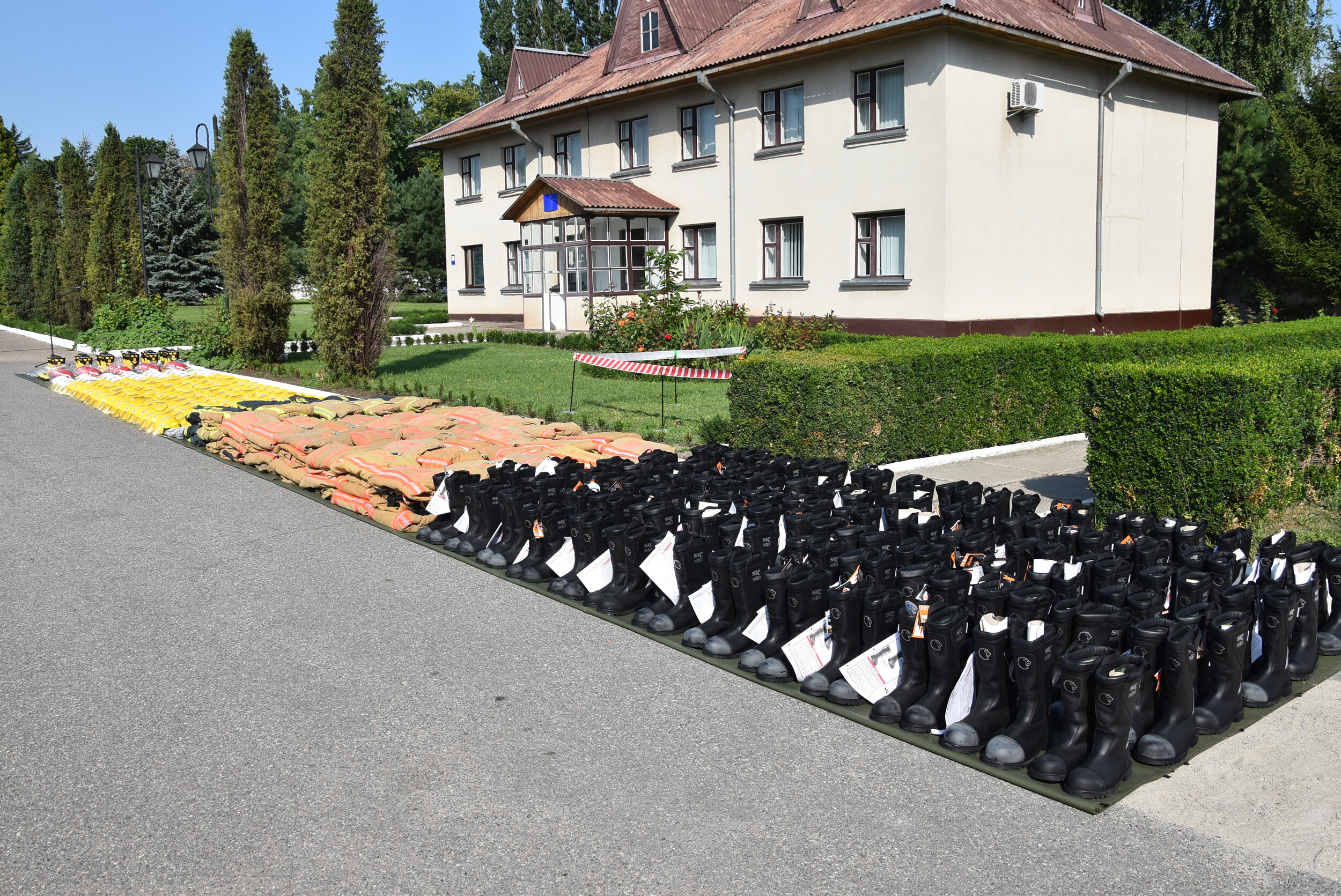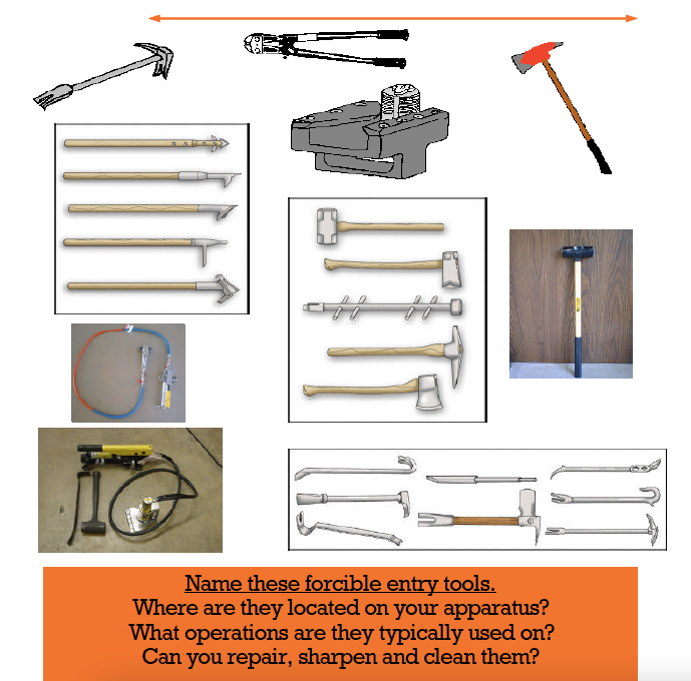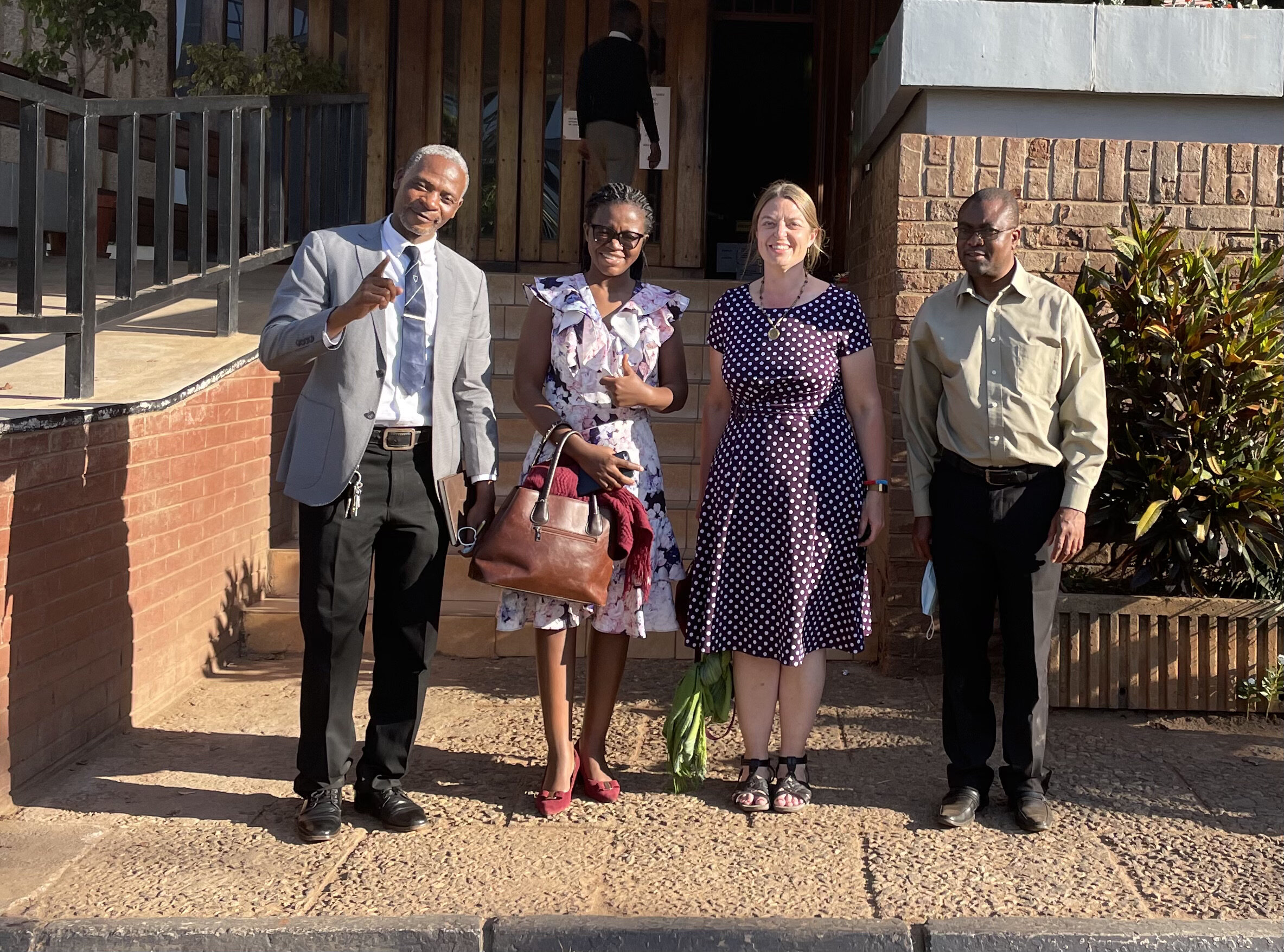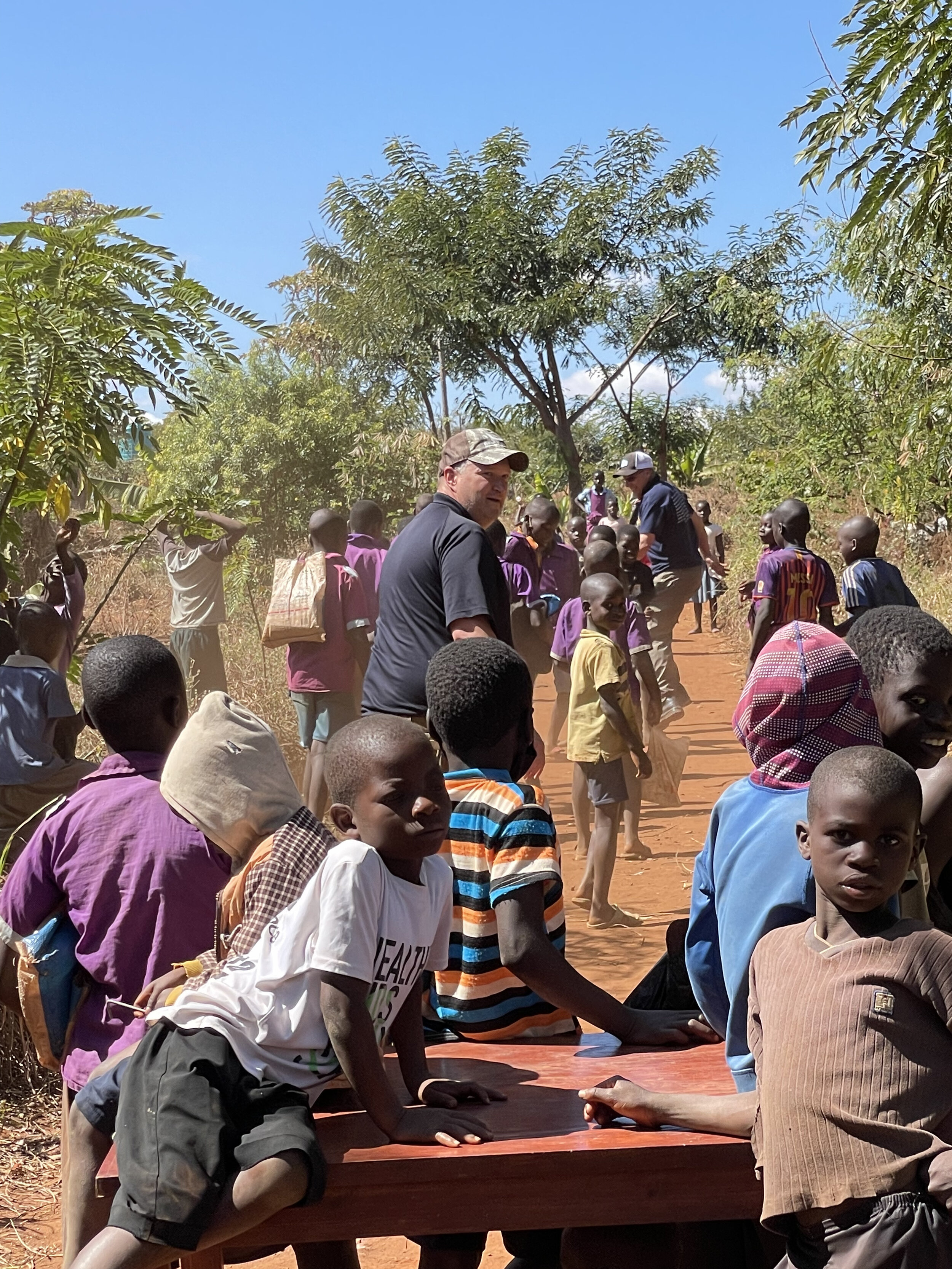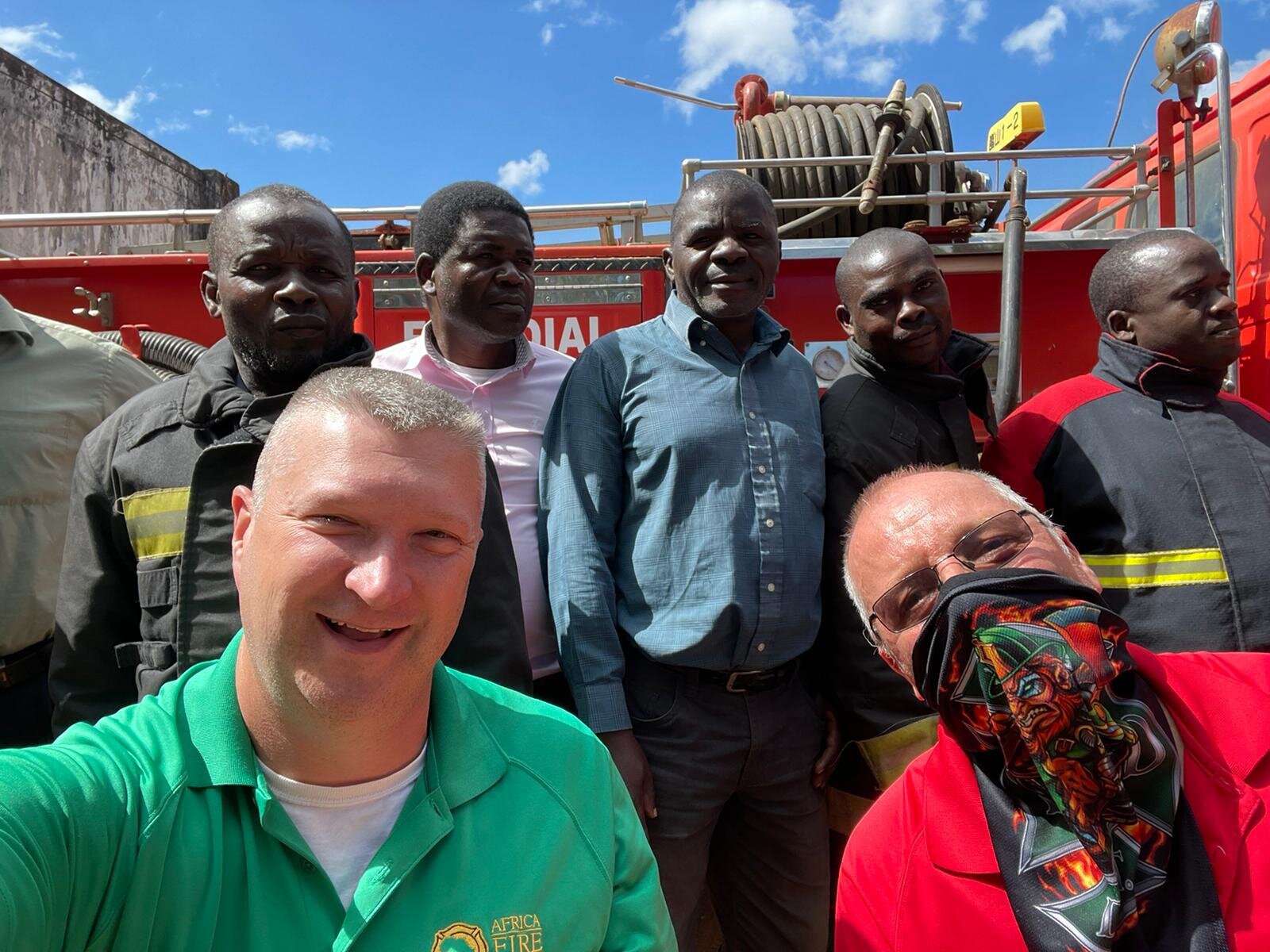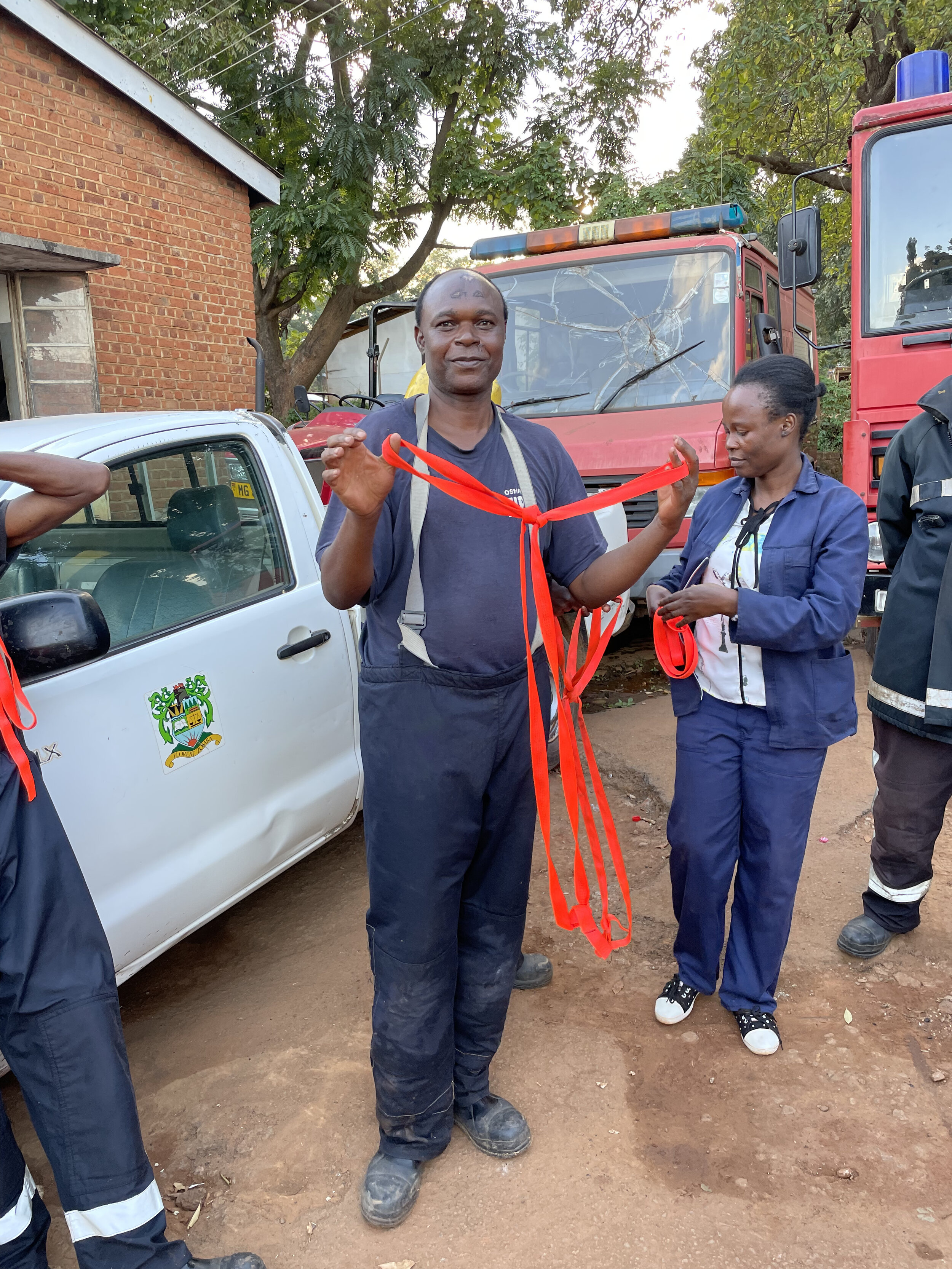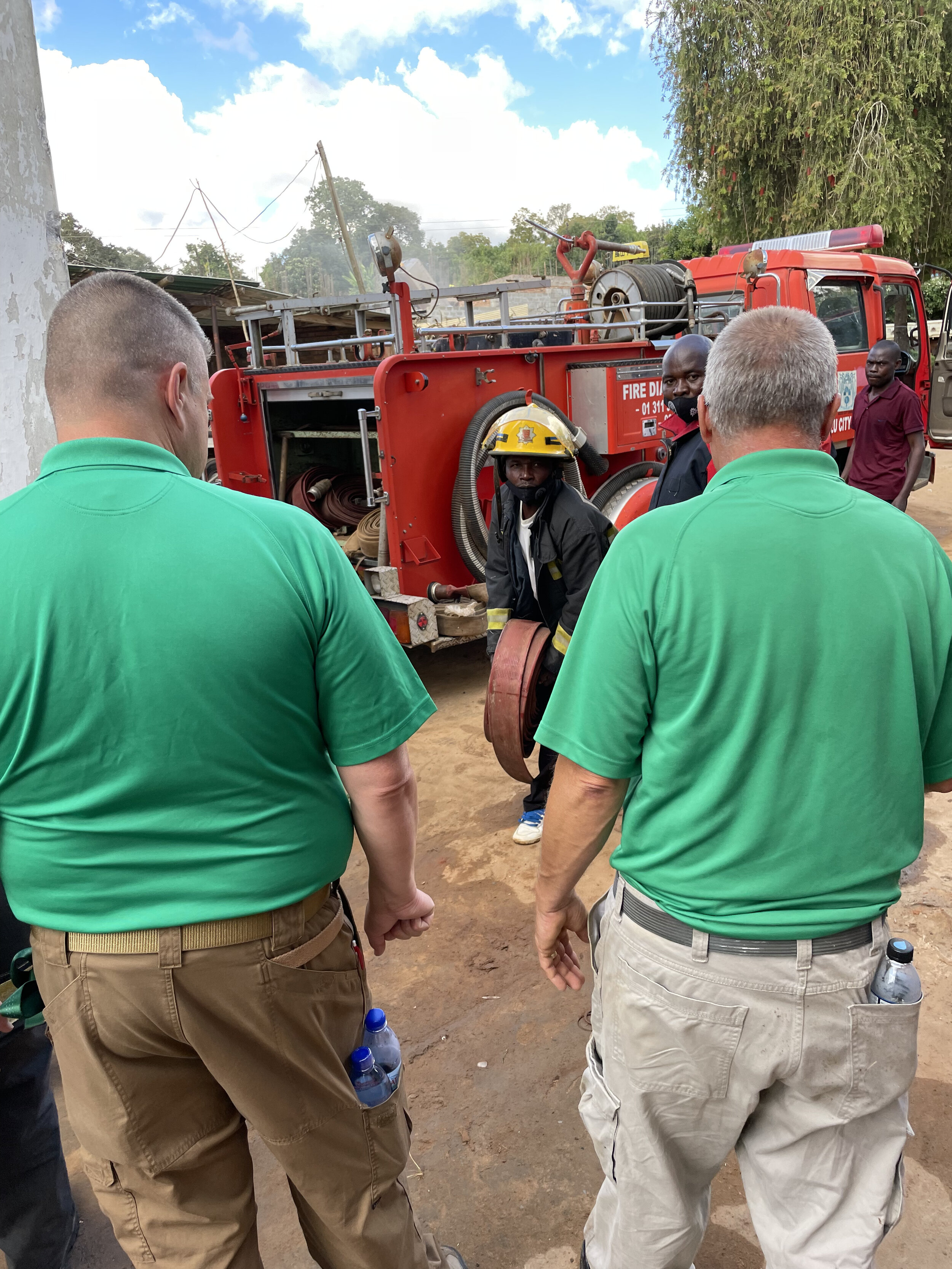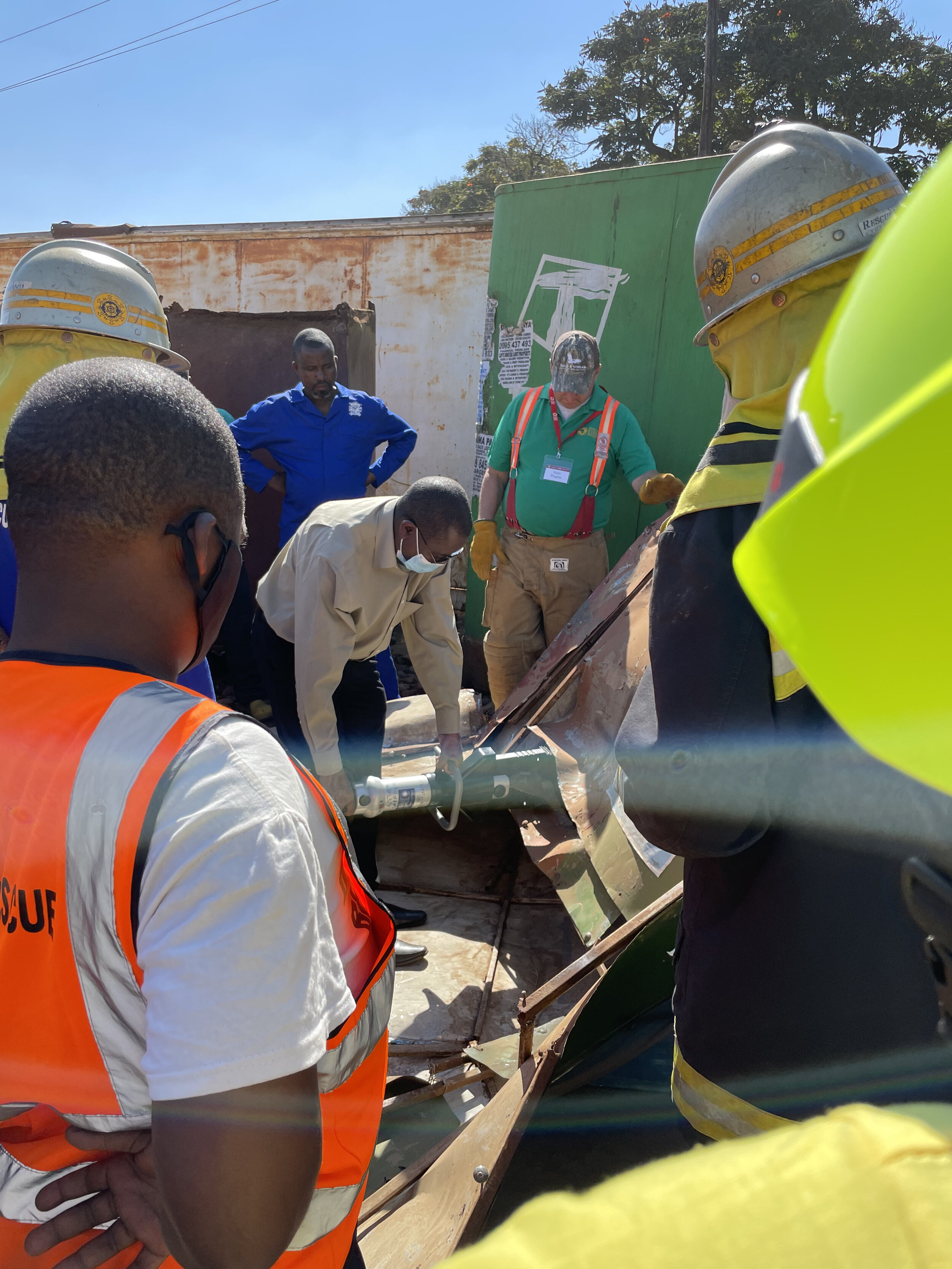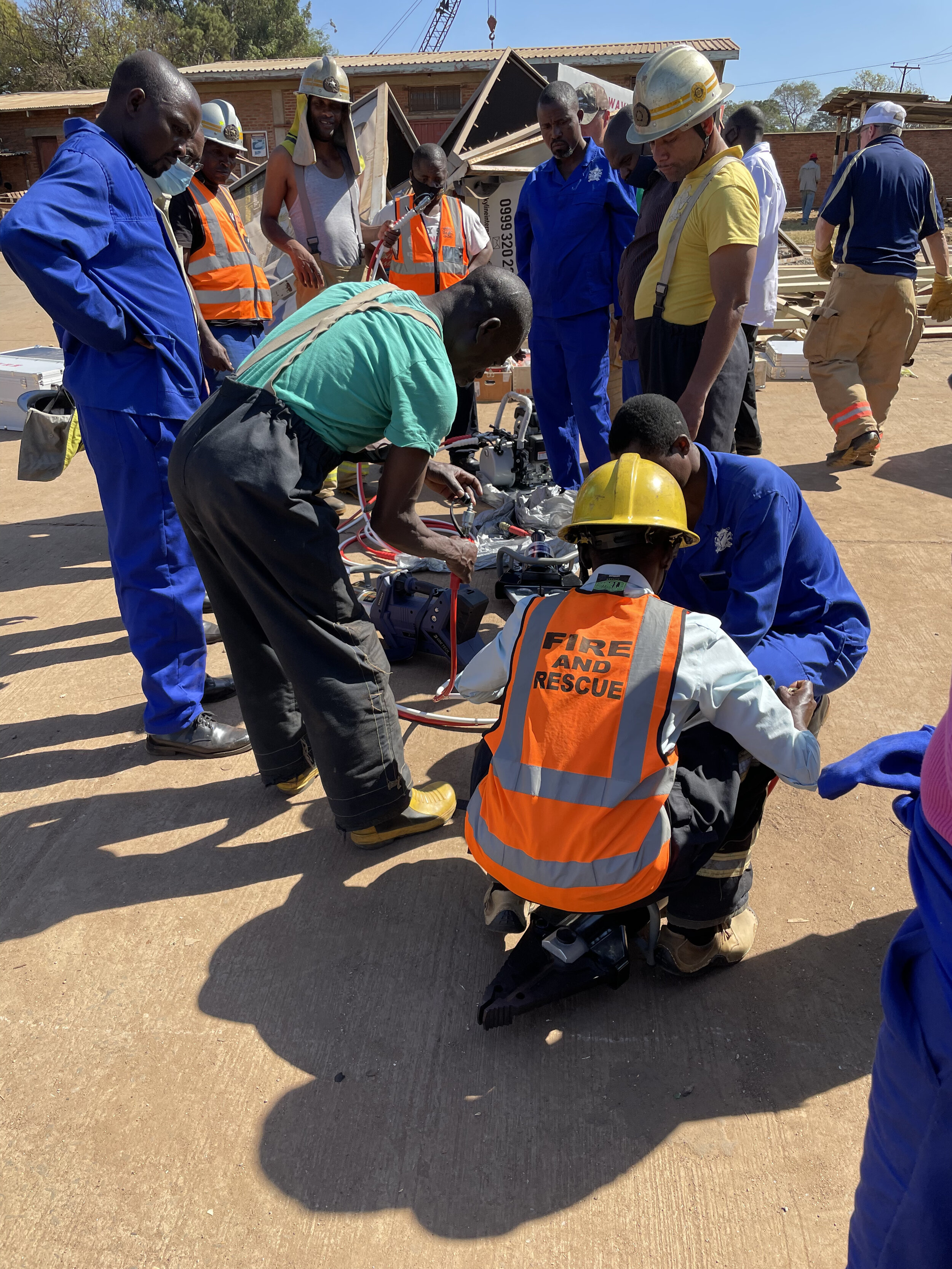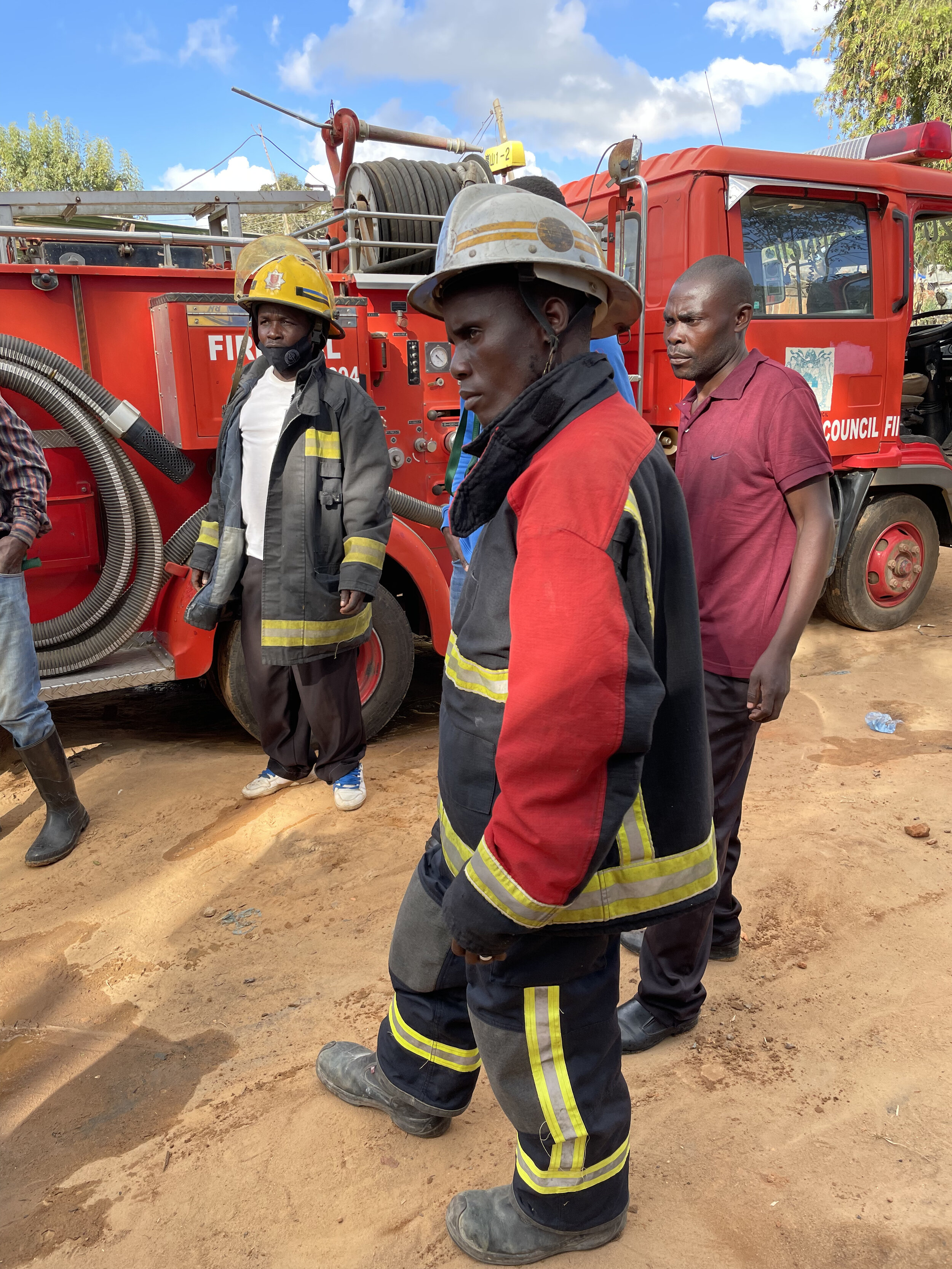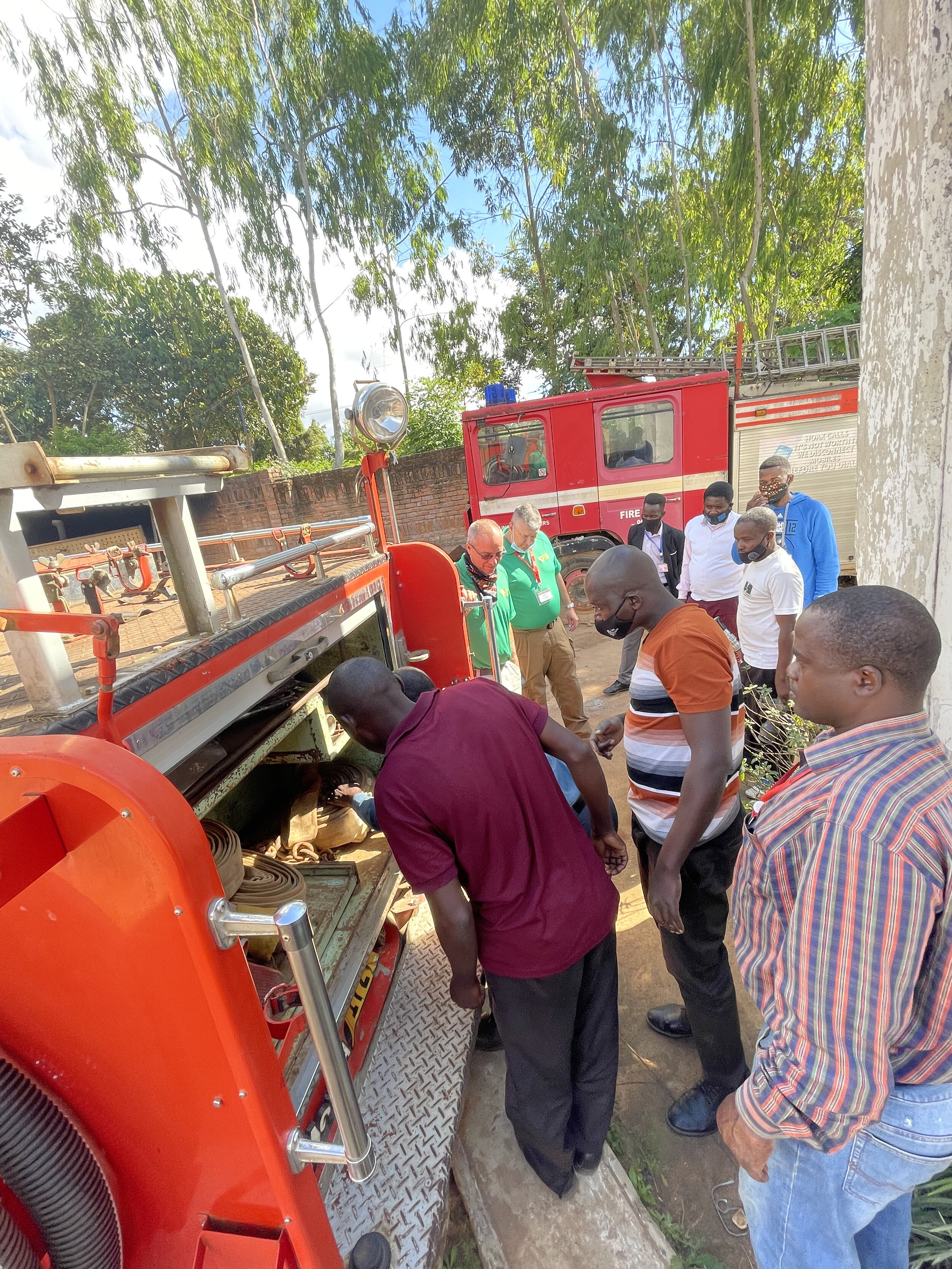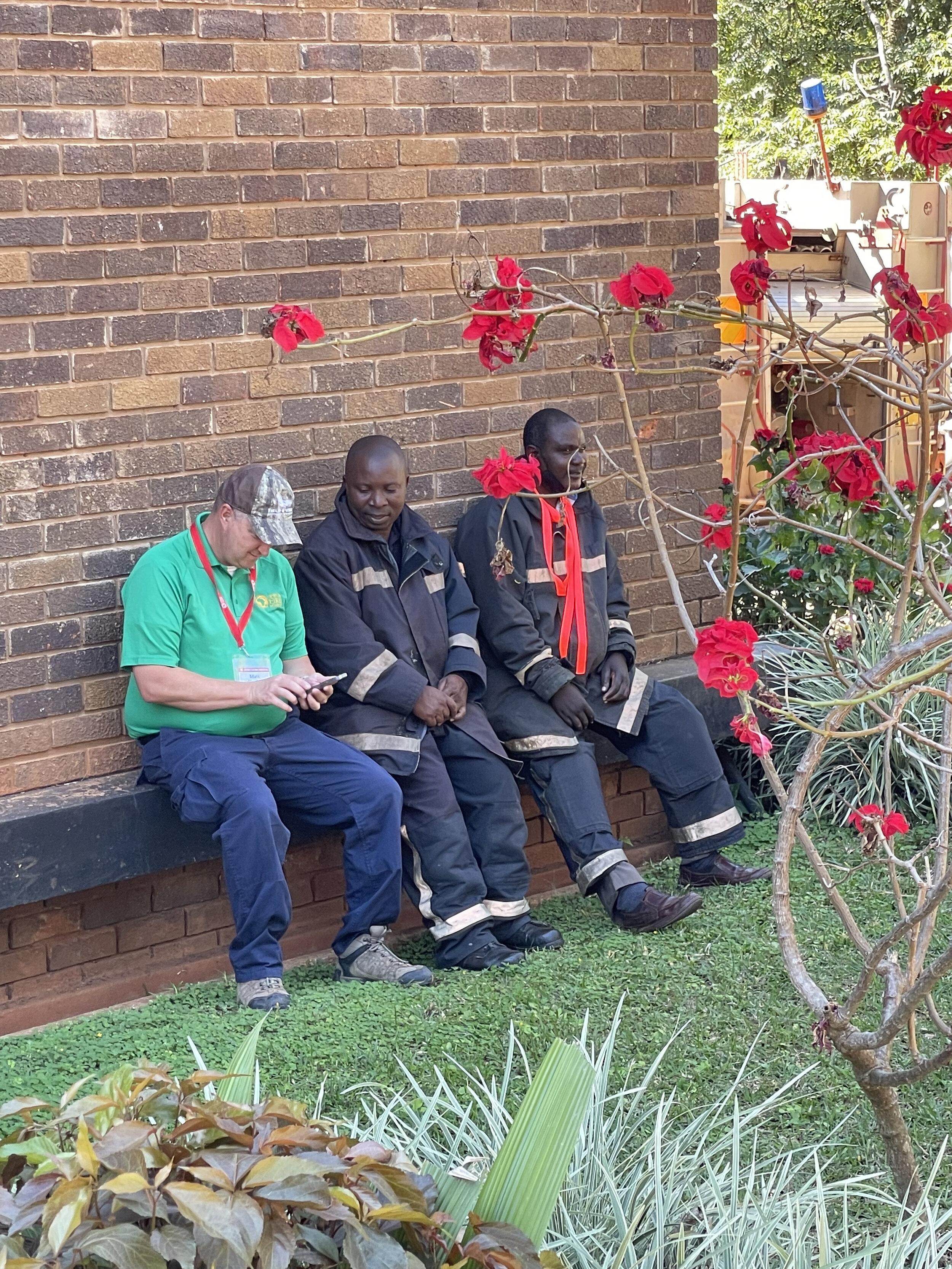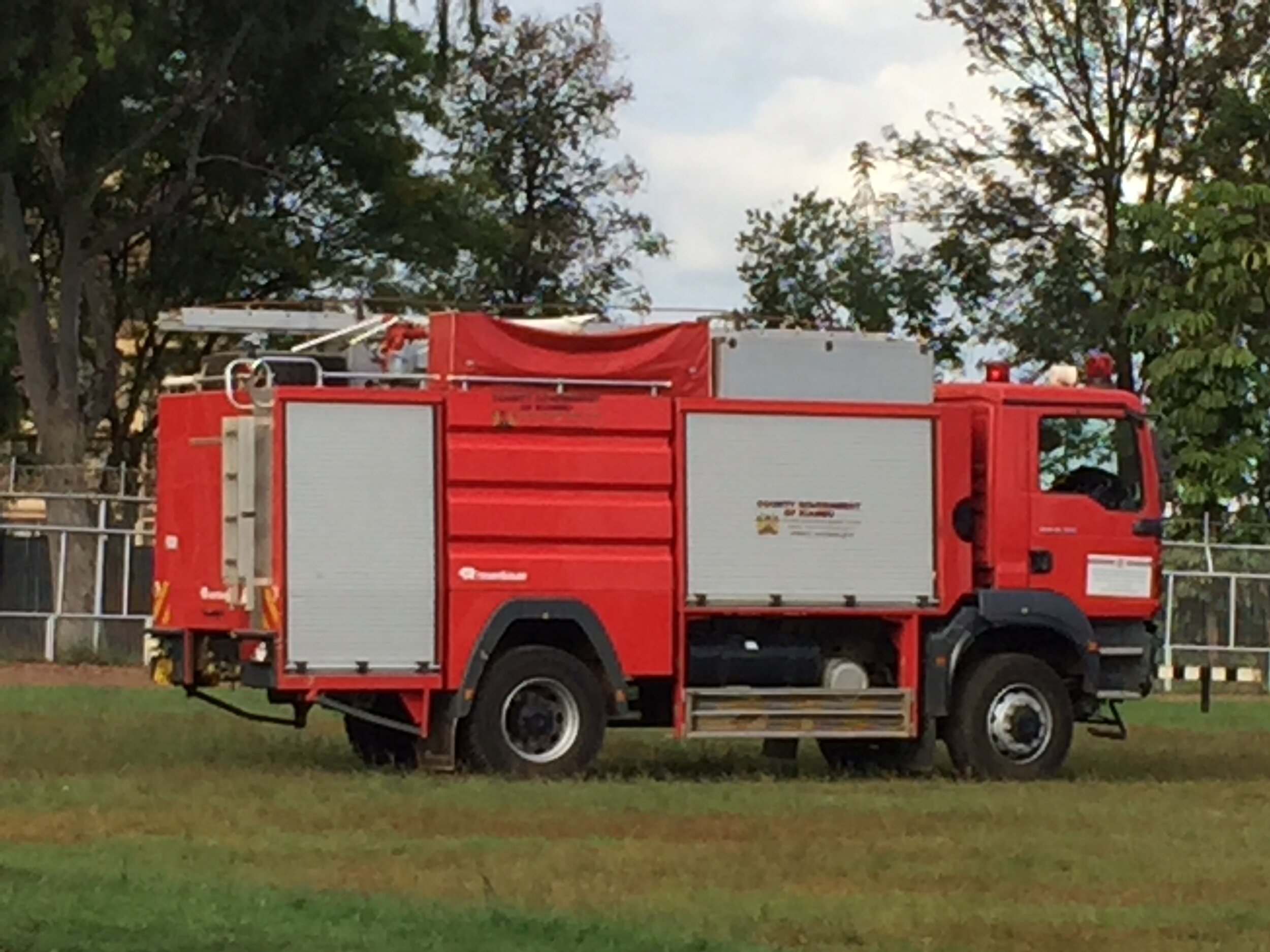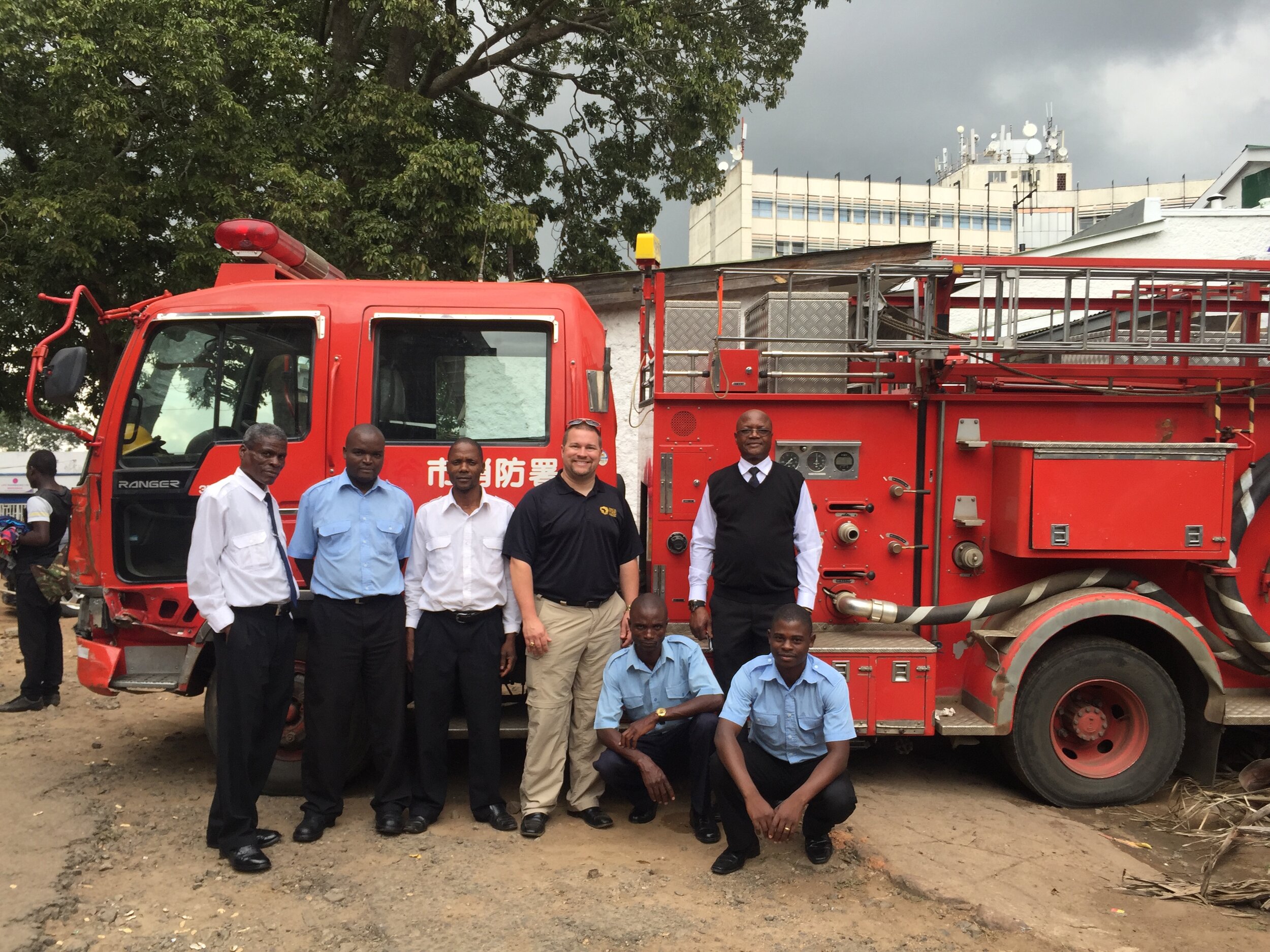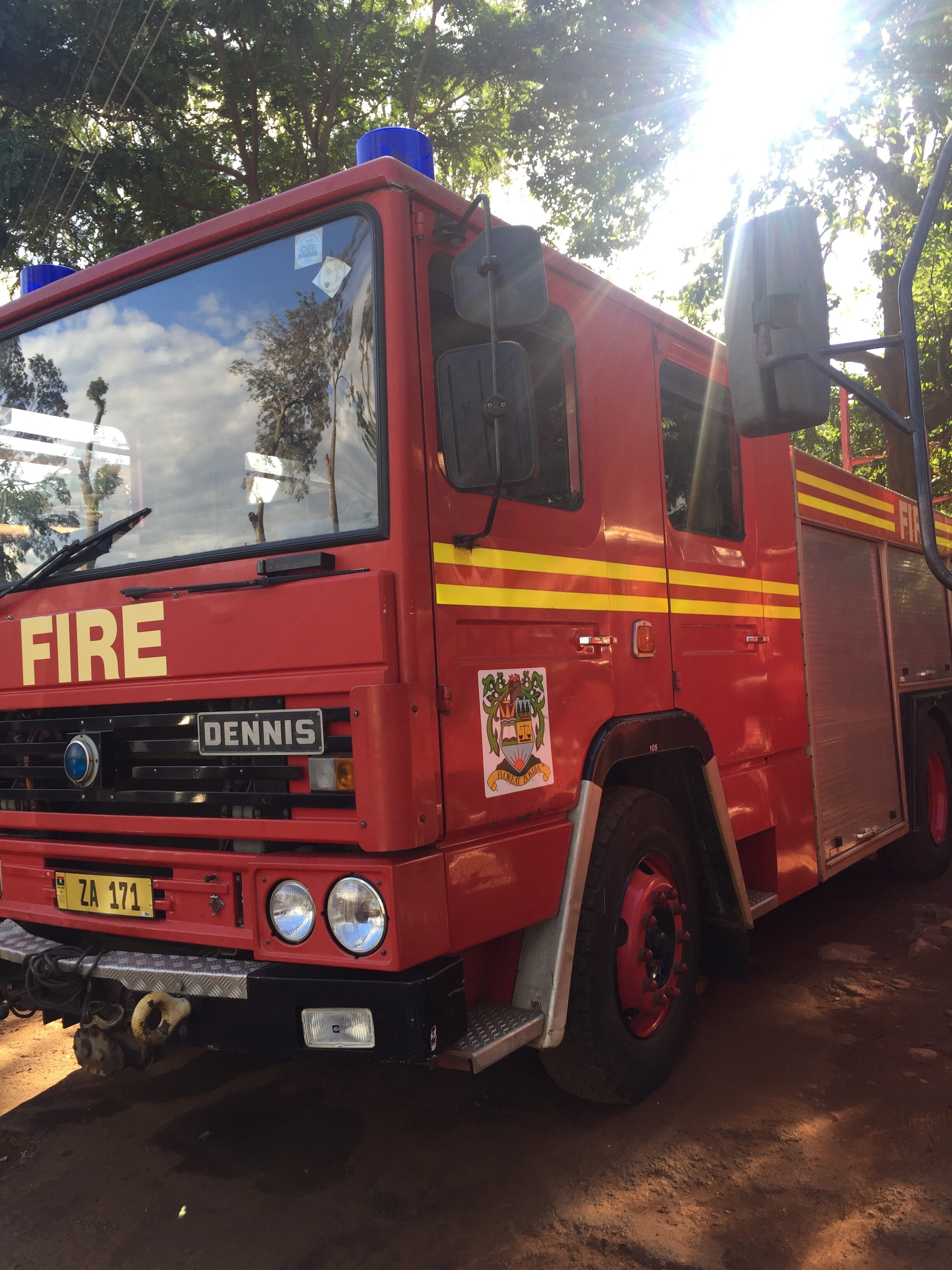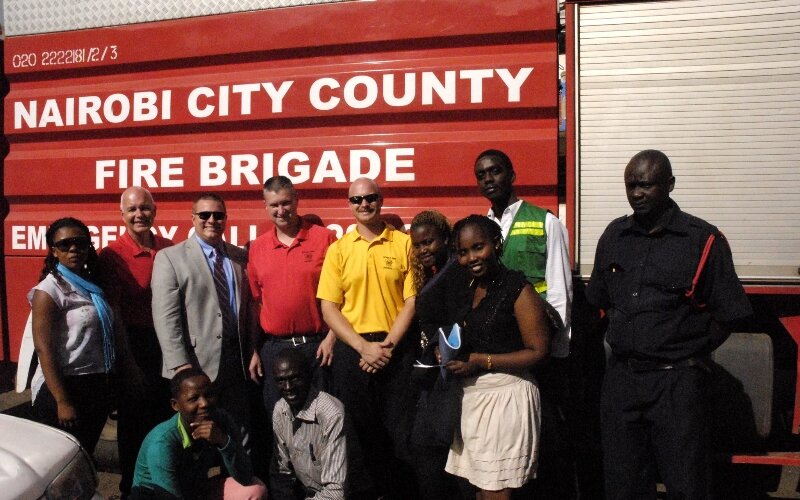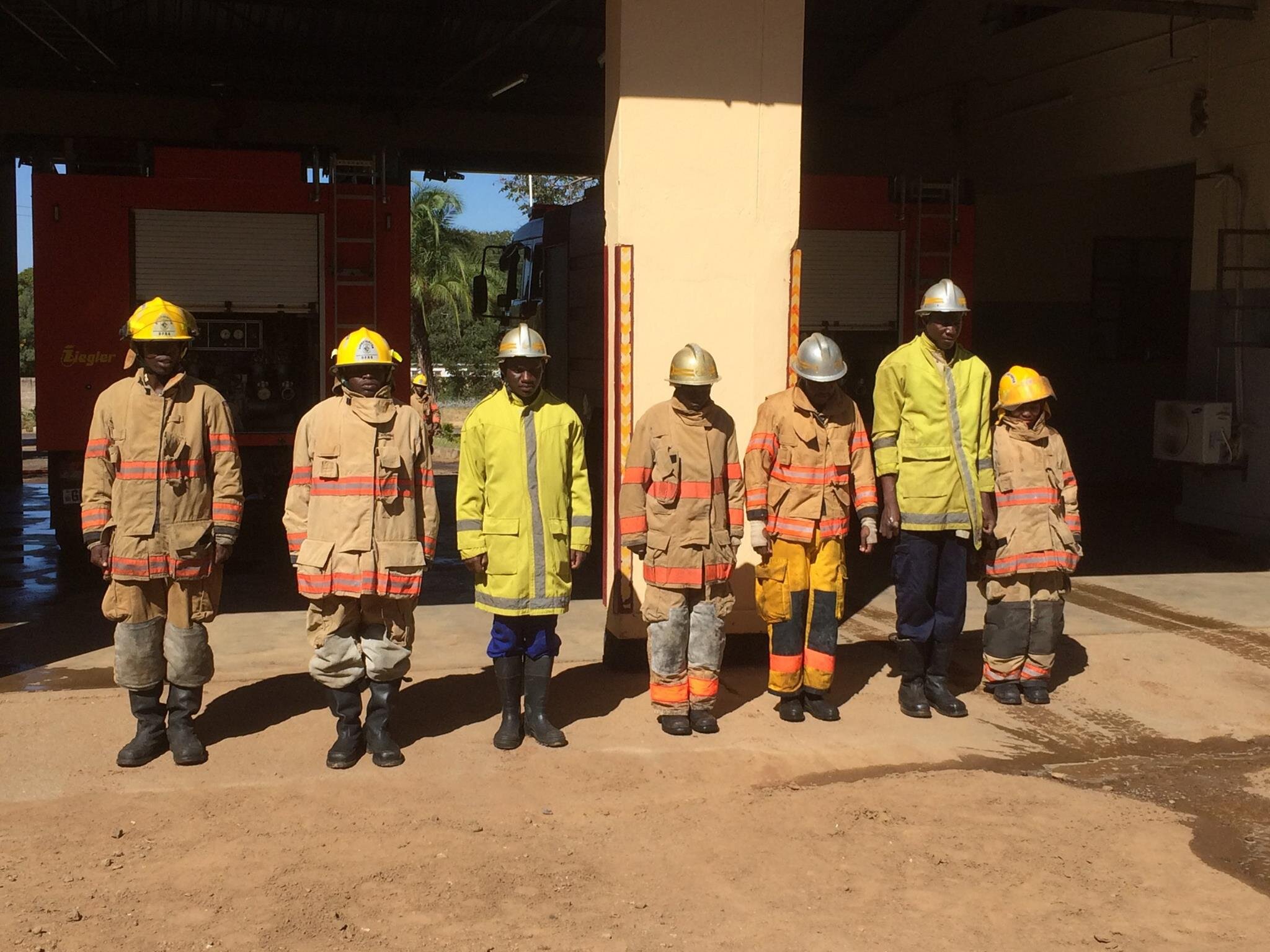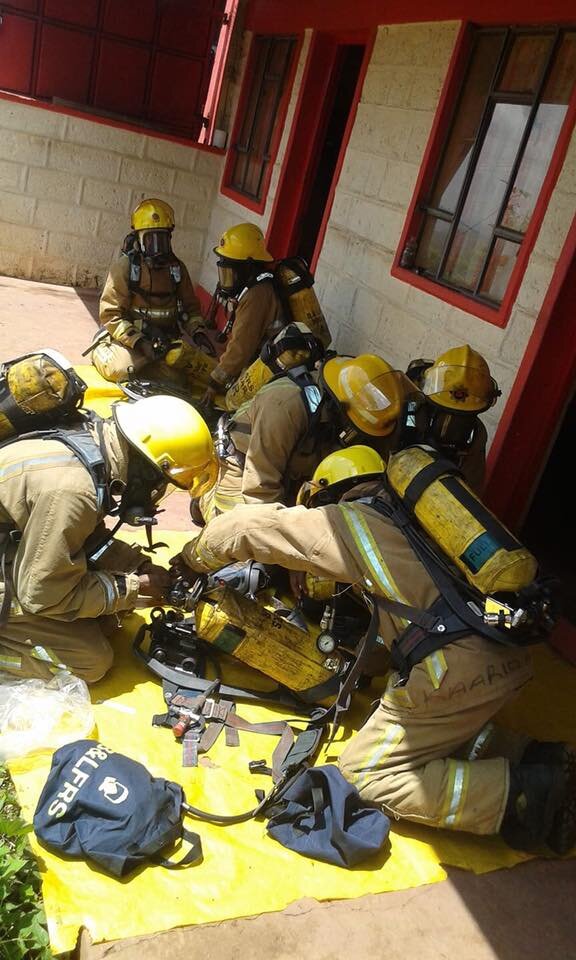By Edward Collet, Jackson Township Fire Department Firefighter/EMT, Ohio; Ohio Fire Chiefs
Driving the fire apparatus is a great privilege and responsibility. It is probably the least considered way firefighters protect lives and property. Everyone has visions of a firefighter racing to the emergency scene, heroically rescuing victims and bravely dousing the inferno. That is the way most people see firefighters saving lives and property. Rarely does the image of a firefighter professionally and respectfully driving to an emergency scene, or anywhere for that matter, come to people’s mind when considering saving lives and preserving property. In reality, it is driving where the fire service can have the biggest impact on the community.
Think of how many fires and true emergencies a department responds to compared to the number of kilometers its apparatus drives in a year. If your department is anything like mine, there are many, many more kilometers traveled than blazes fought.
Property is preserved whenever a firefighter drives defensively and with due regard. The fire apparatus entrusted to you by your community may be one of if not the single biggest investment it has made. You are responsible for it being returned from your care in the same condition it was given to you. It is possible to give it back in better condition by making sure it is clean, well maintained, and everything is working properly. Showing the pride you have in the community’s property entrusted to you will help develop the community’s pride in the fire department.
Having an accident which damages the property of a community member and prevents the fire department from going to the emergency does not generate goodwill and pride for the fire department. It does just the opposite, the community will be mad at the fire department. Not only did they not do the job expected of them, they caused additional damage to the community.
As a driver you are entrusted with the lives of so many people: your brother and sister firefighter in the apparatus, every member of the community you pass, and your own. I have talked and written about the responsibility a driver has to get his crew safely to and from an emergency scene and the responsibility not to harm the public as we go down the road on many occasions. We forget about ourselves. As a driver we are responsible for getting ourselves back and forth to an emergency safely. How would you feel if you could no longer perform your job and provide for your family because of a career ending injury caused by you driving less than professionally. Or worse, you do not come home because you became a line of duty death statistic. Driving safely and professionally is a selfish endeavor, I want a long and fruitful career and to go home to my family at the end of every shift. Unlike most things, everyone benefits from this selfish action.
There are so many variables at an emergency we have little or no influence over, but getting there and back we have much more control over. Drive with courtesy, respect, and professionalism and the community will see you are concerned for protecting their lives and property. Remember, if we become an emergency it is impossible to fix the original one we were called to.

